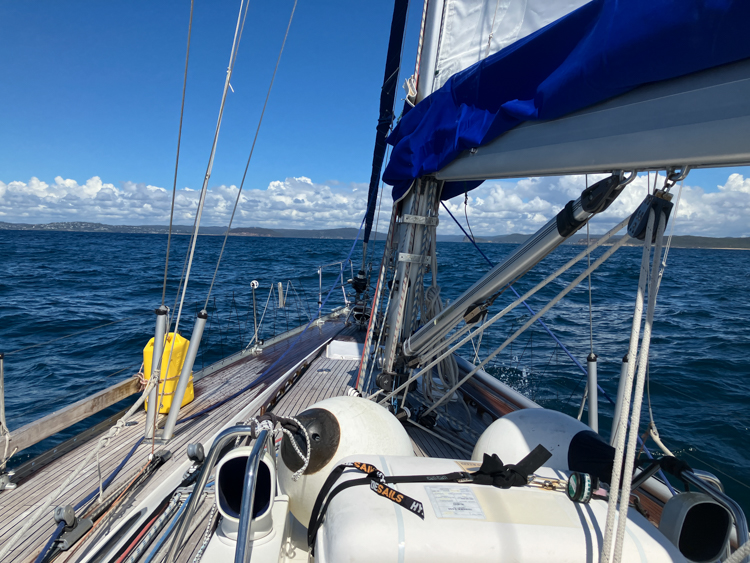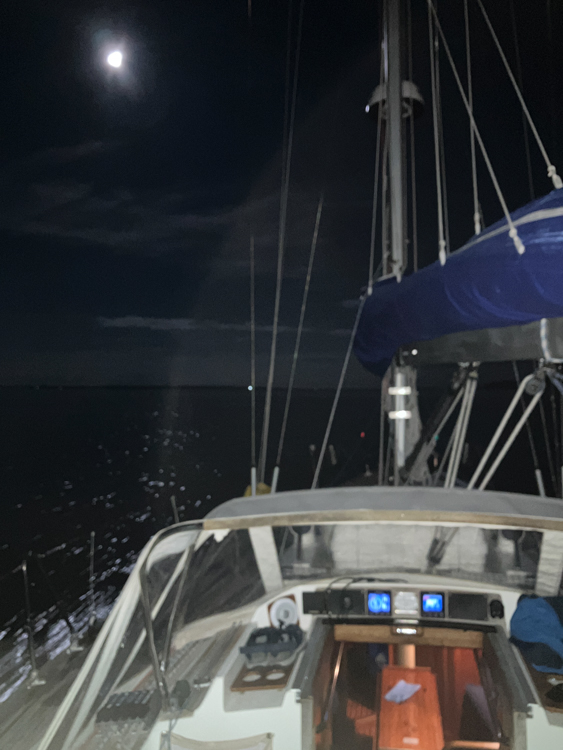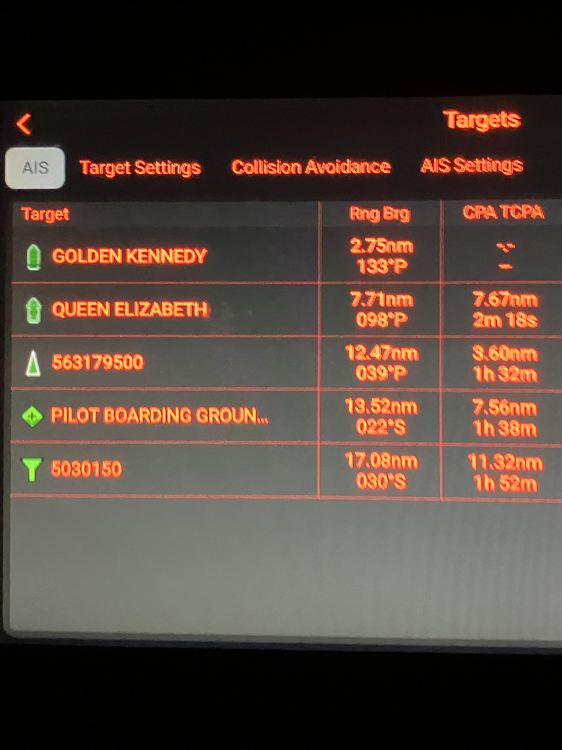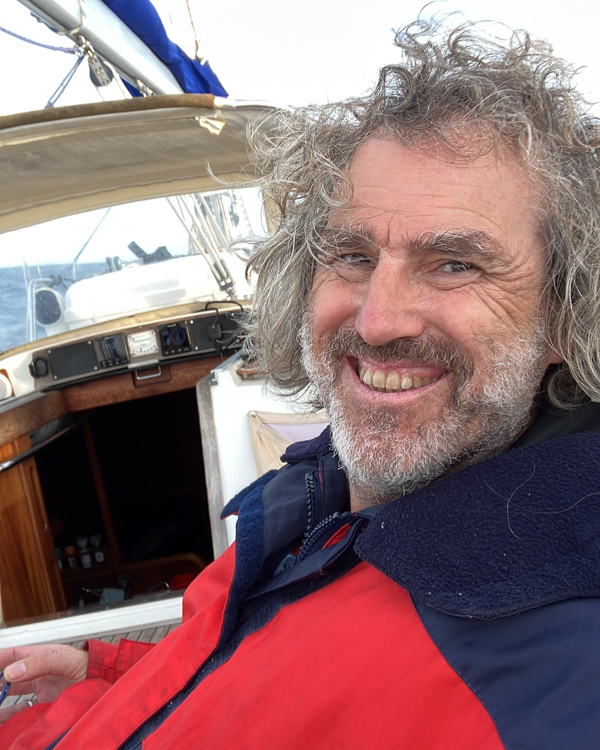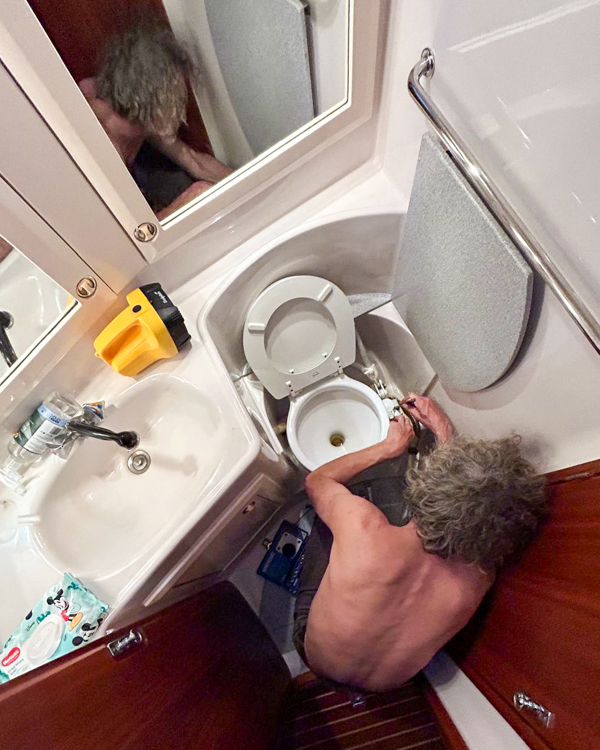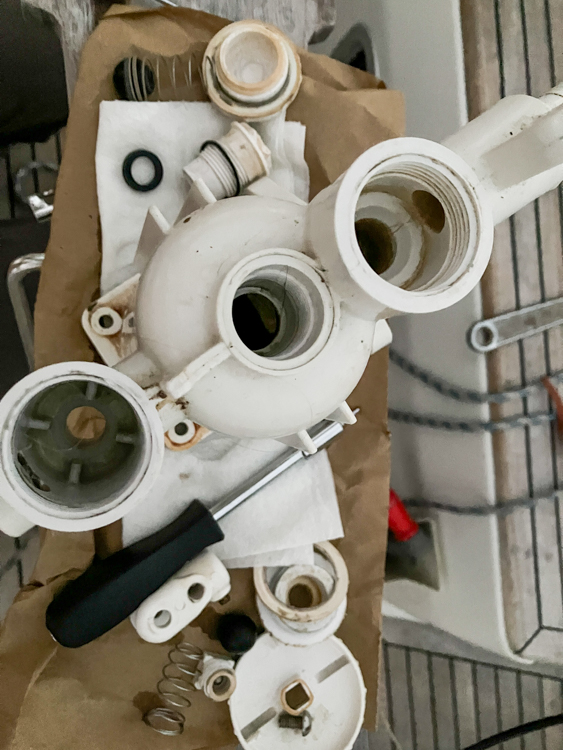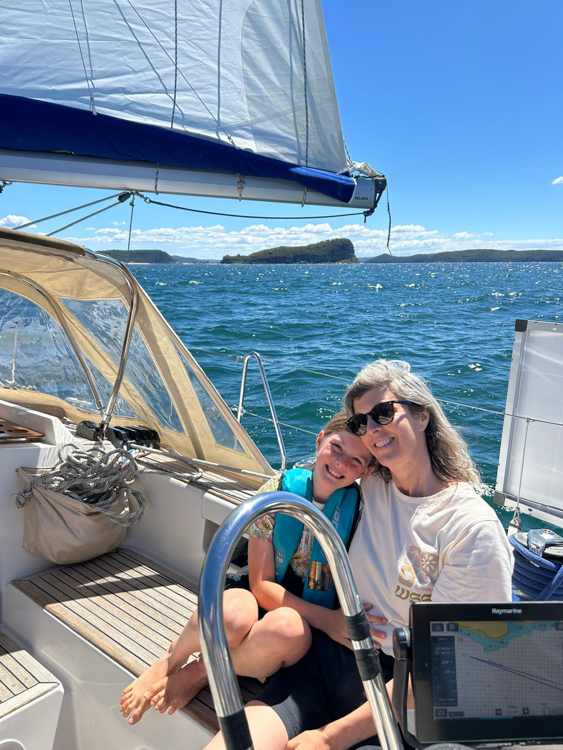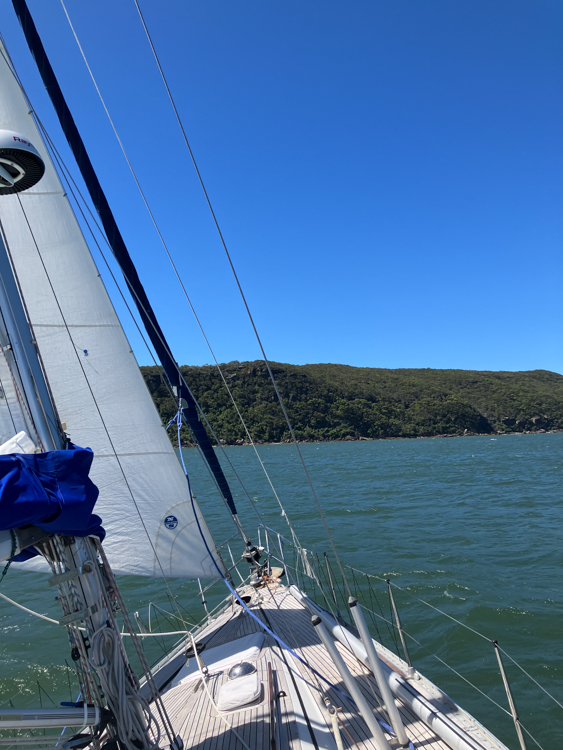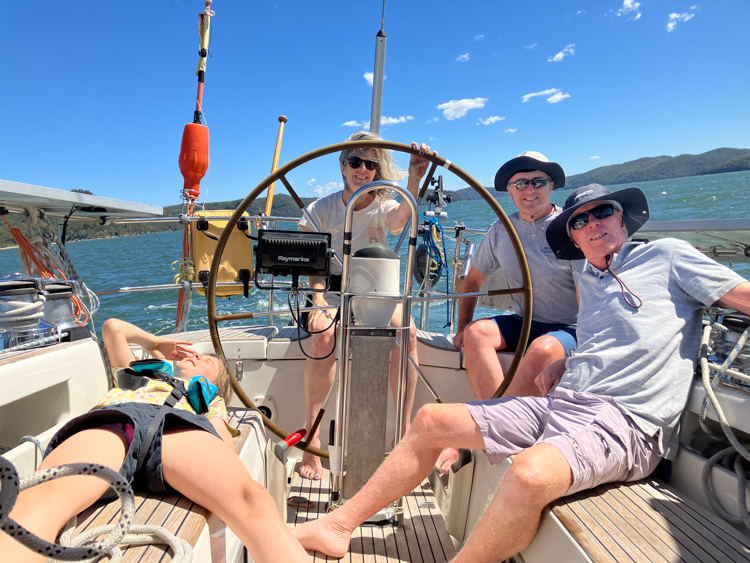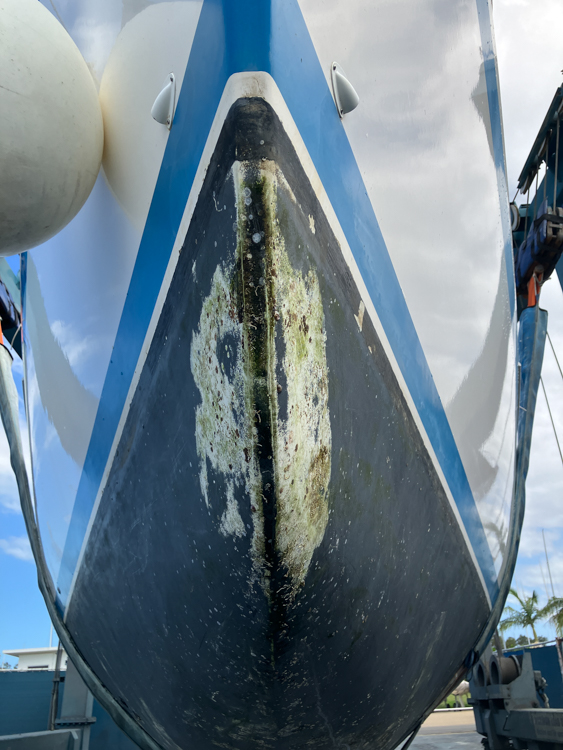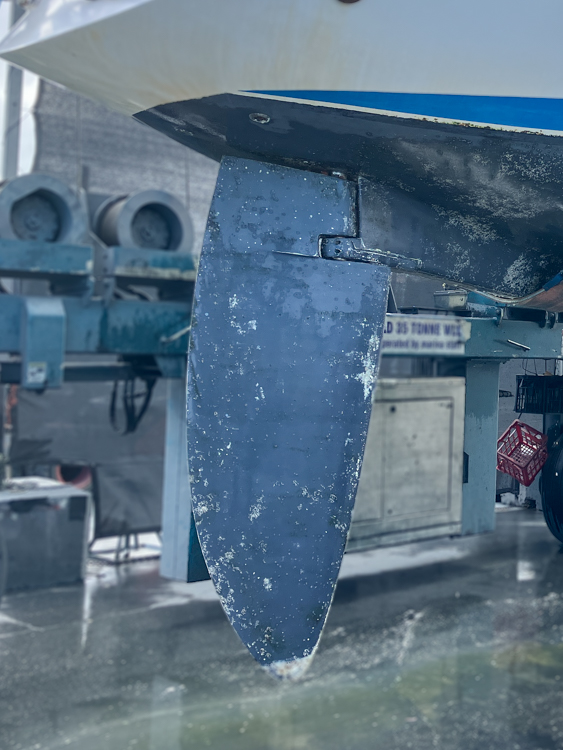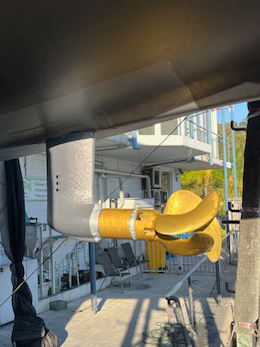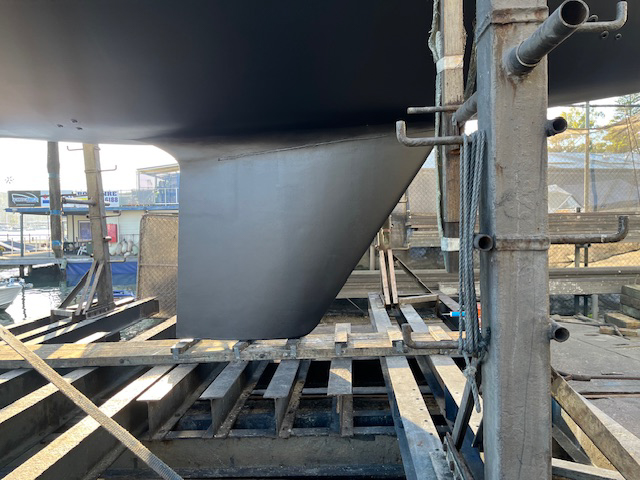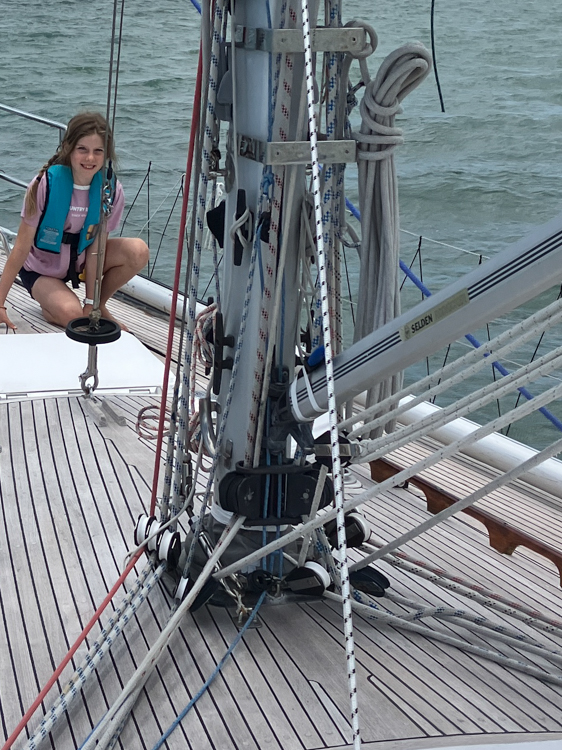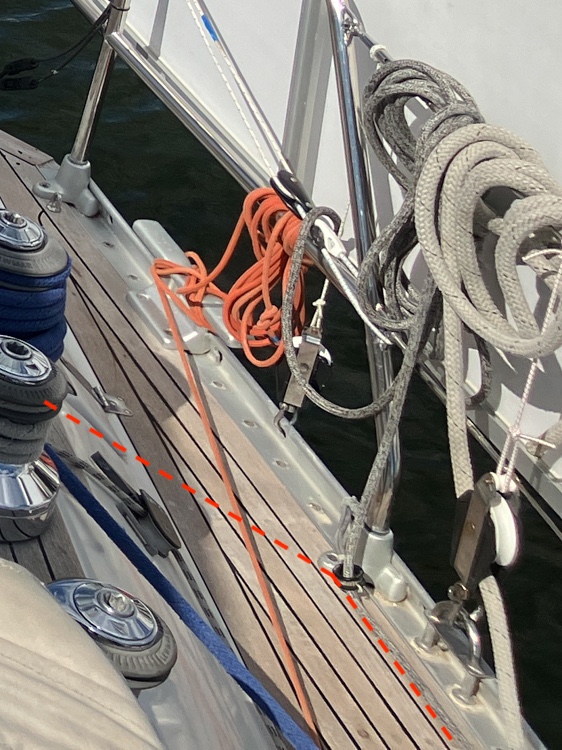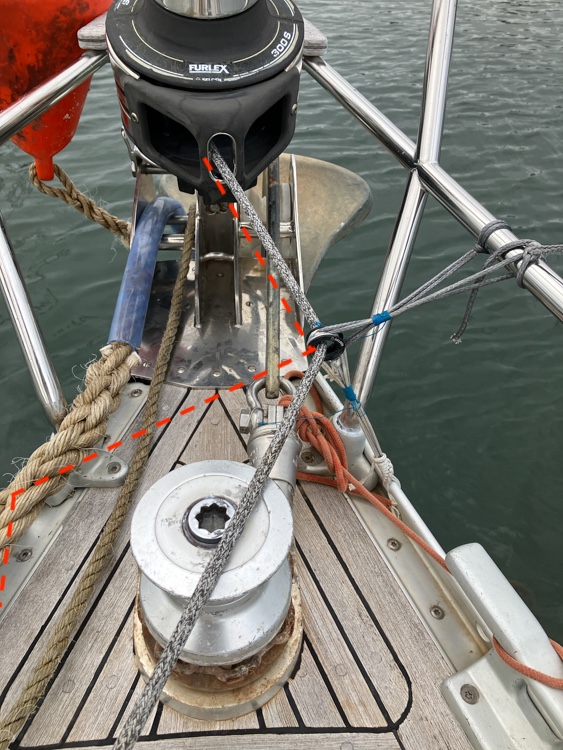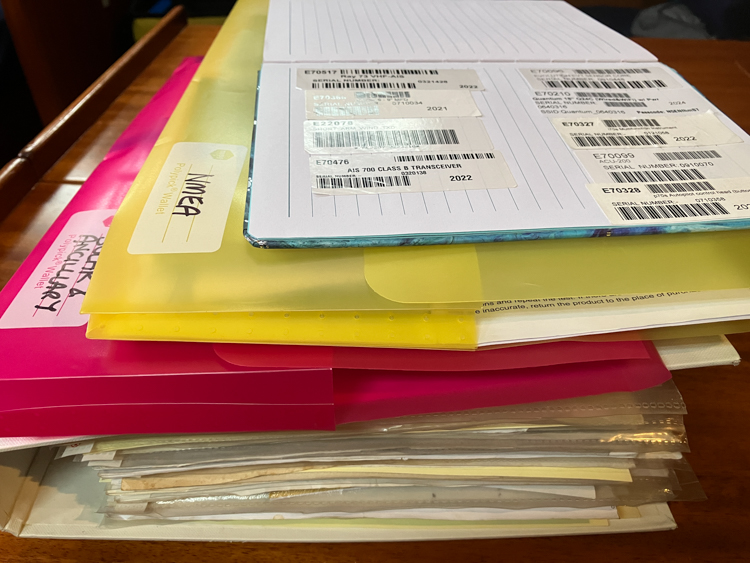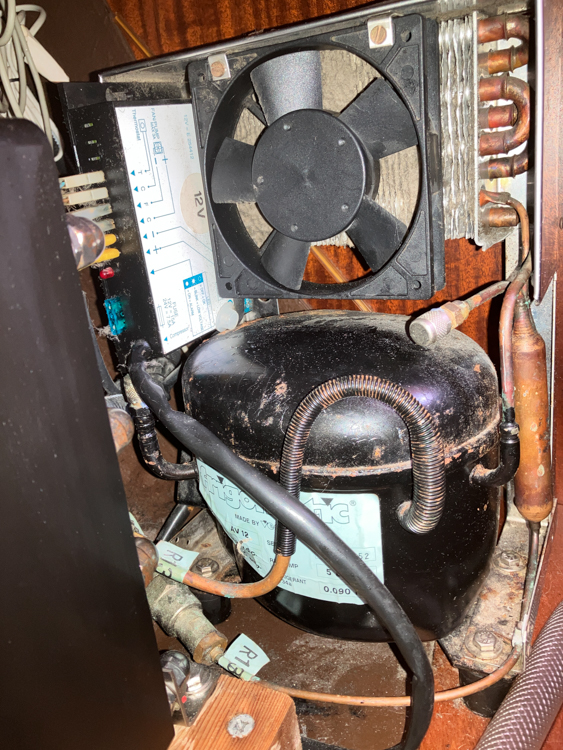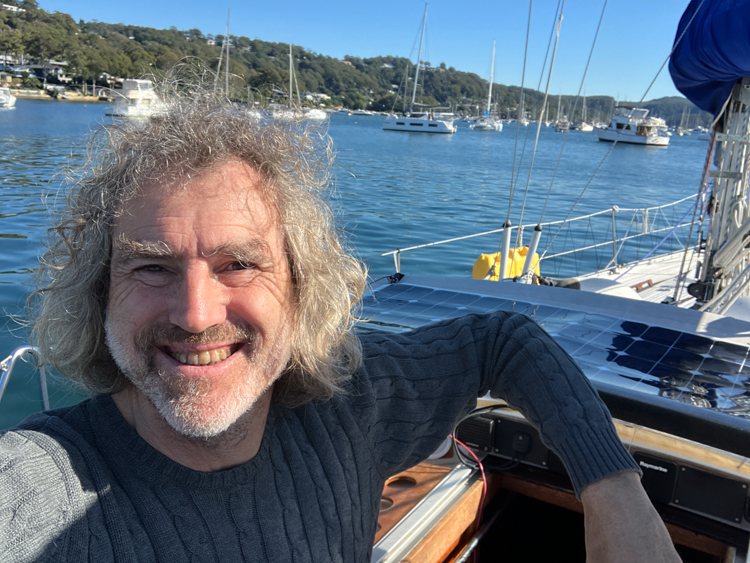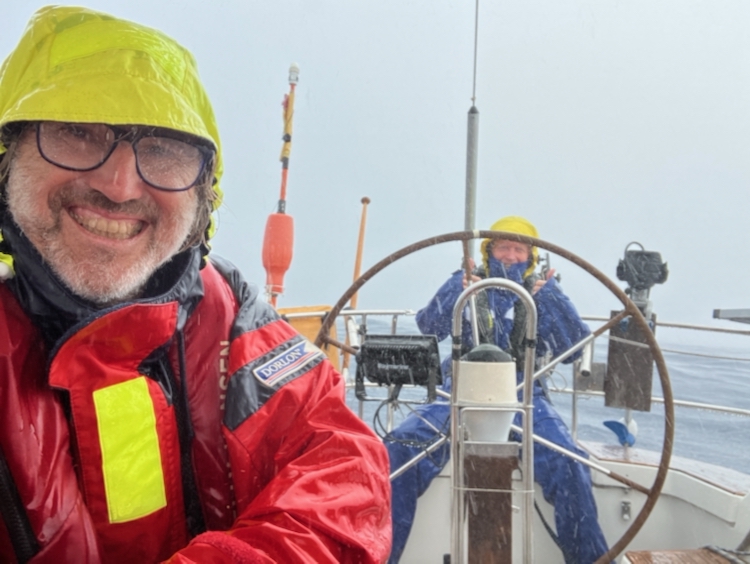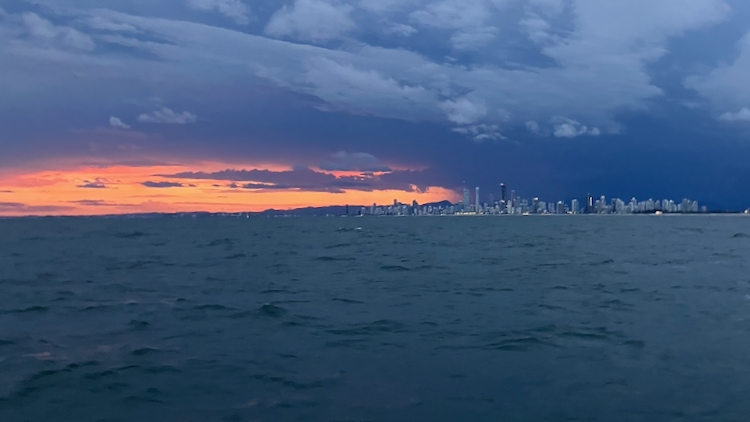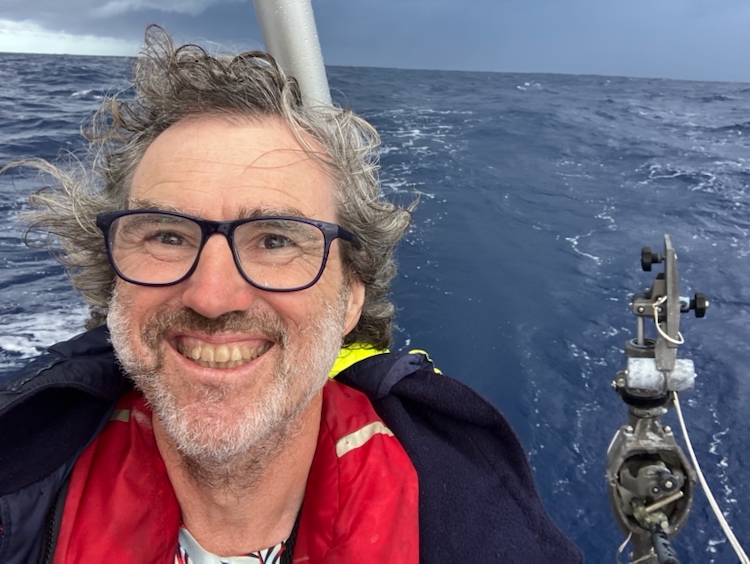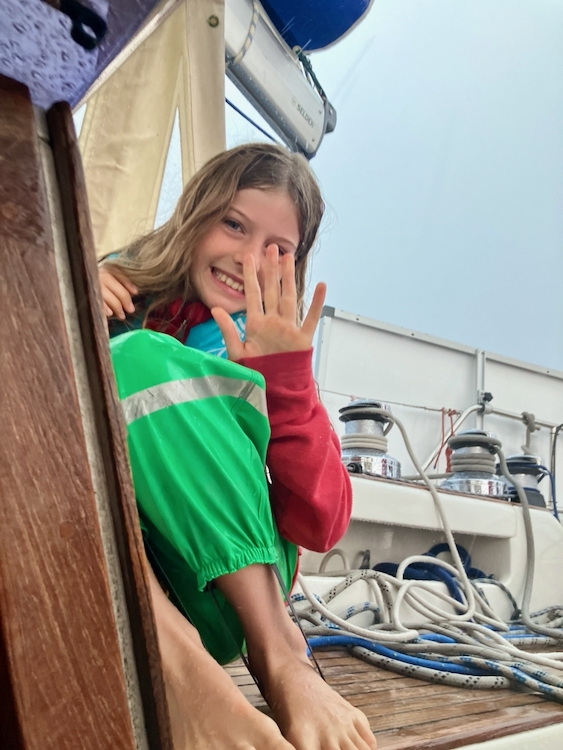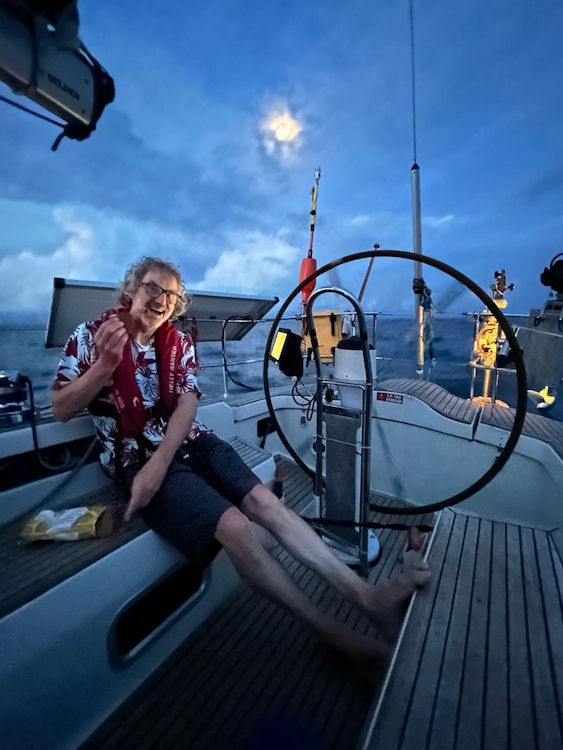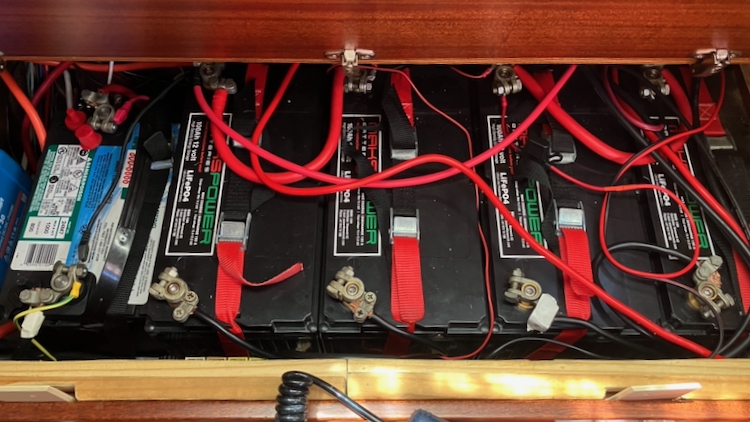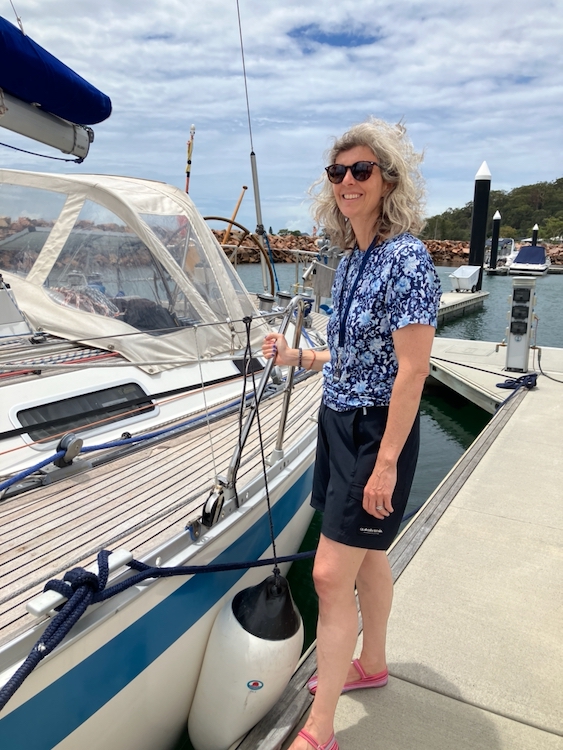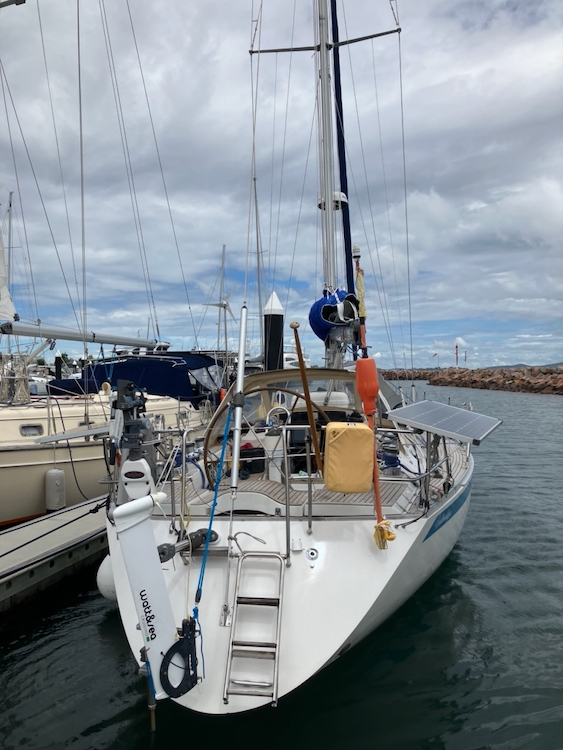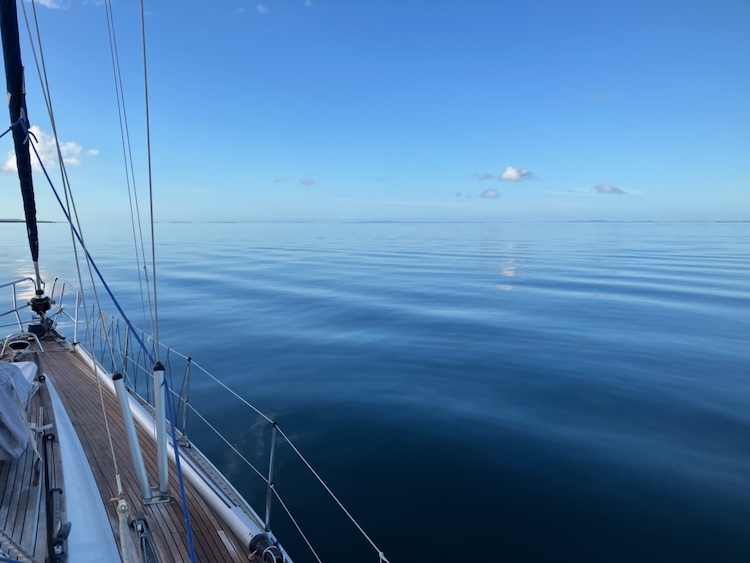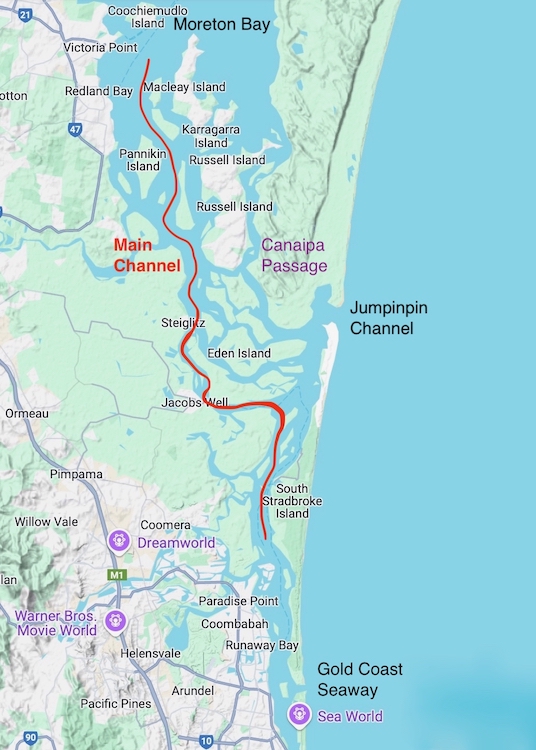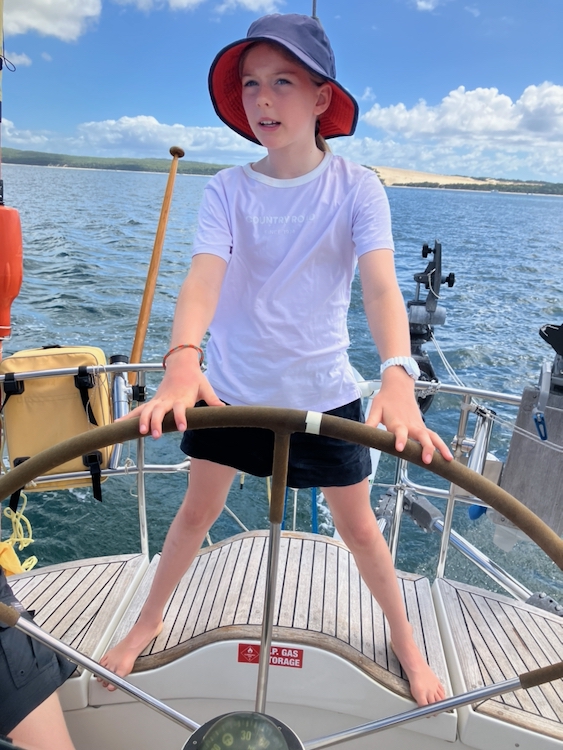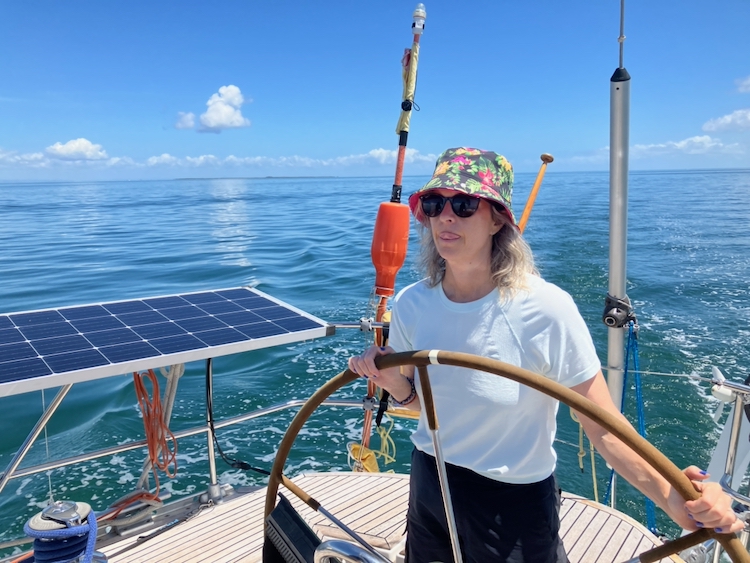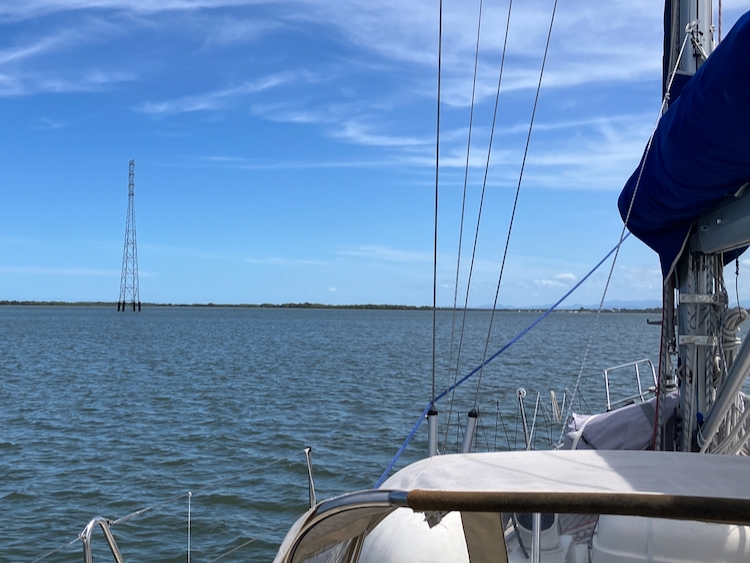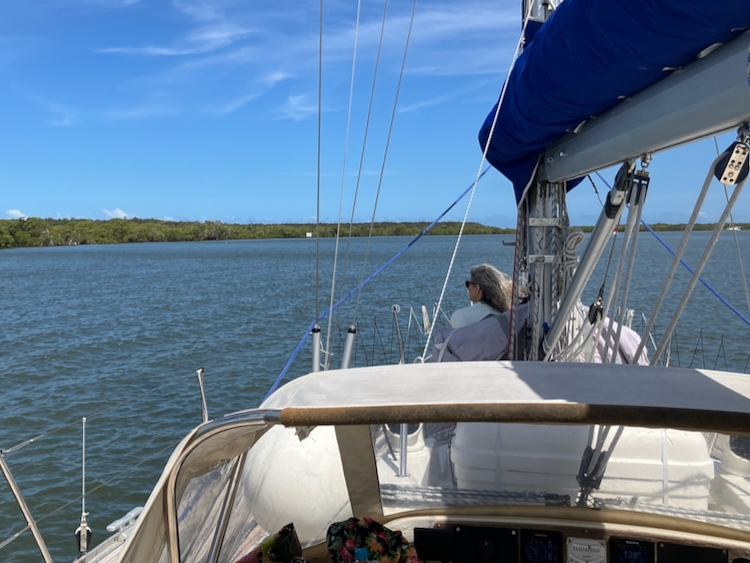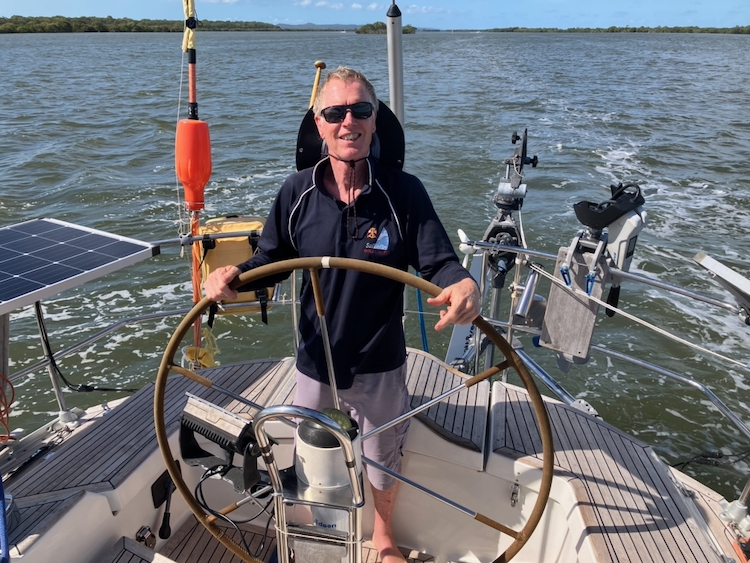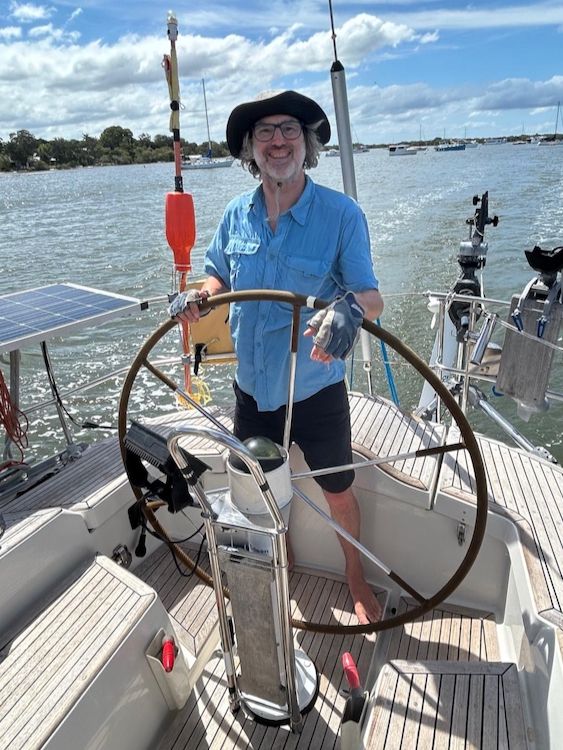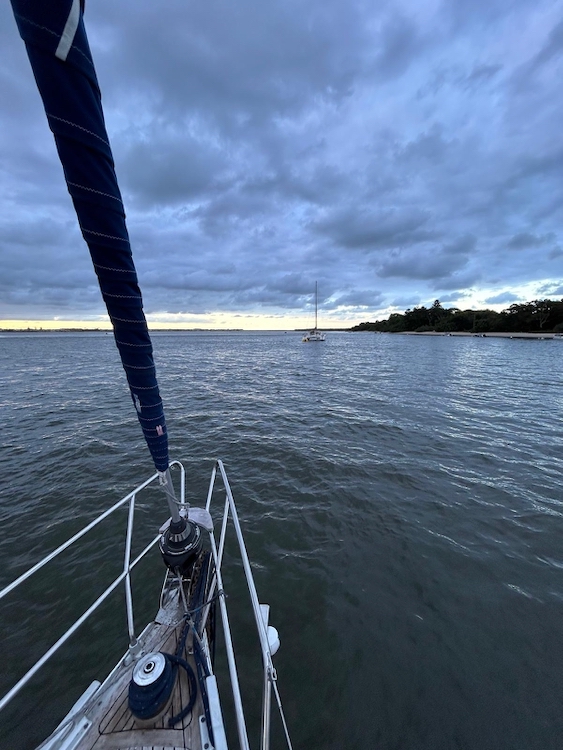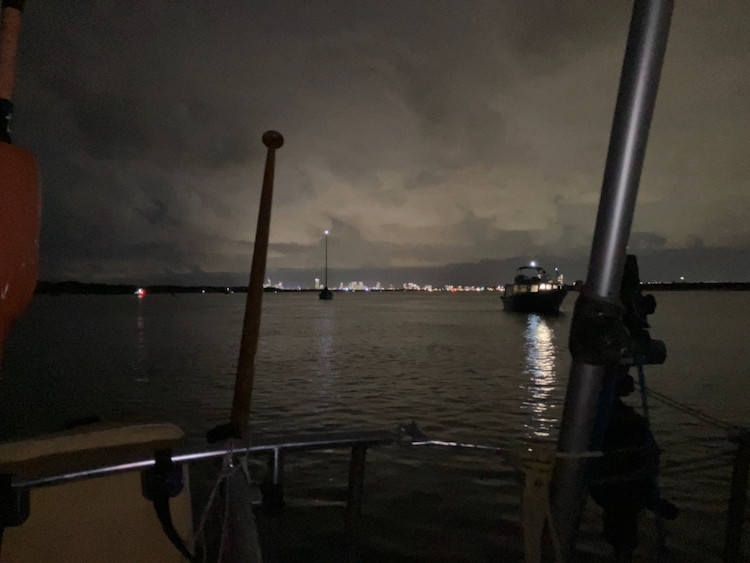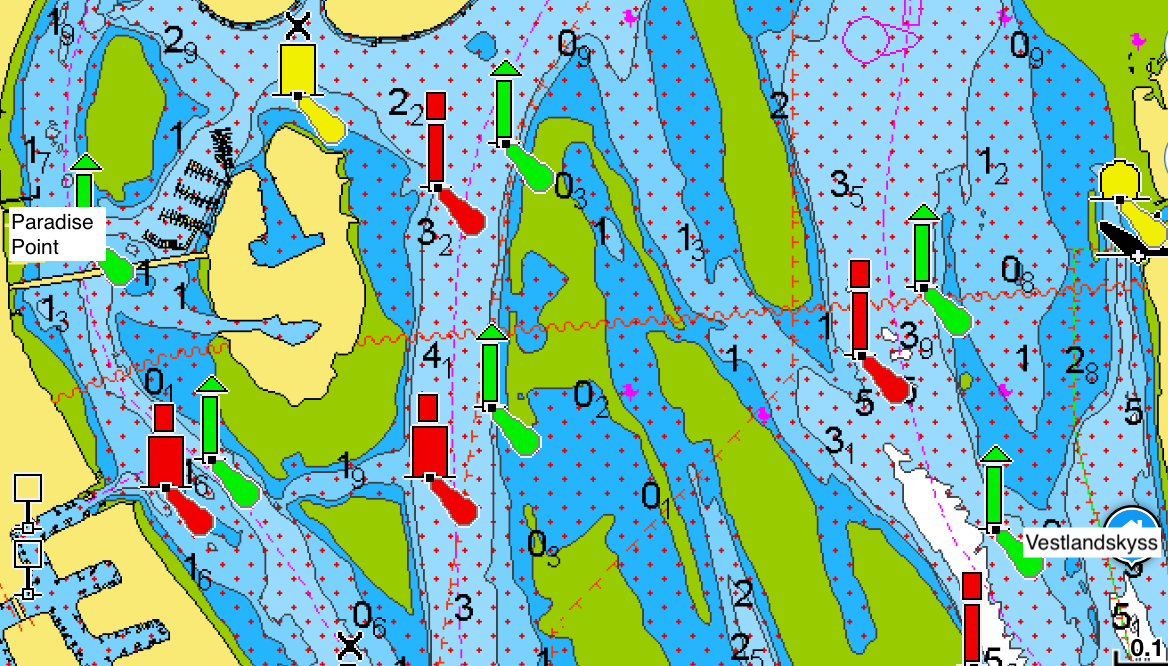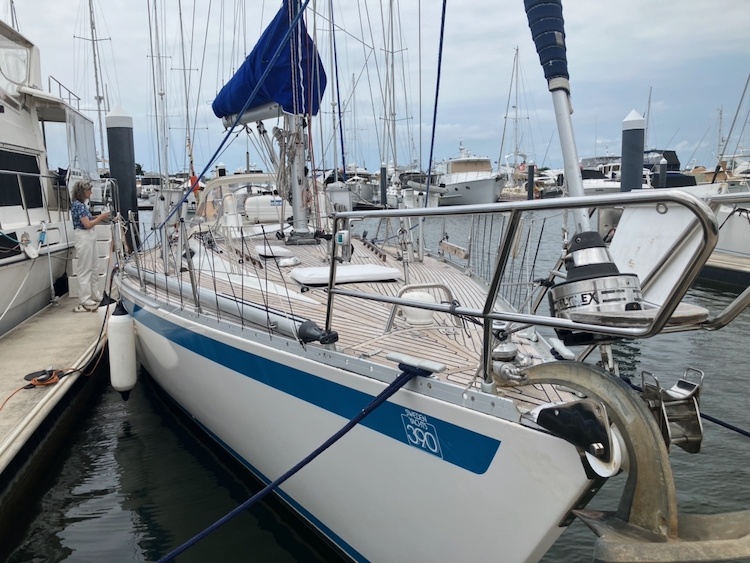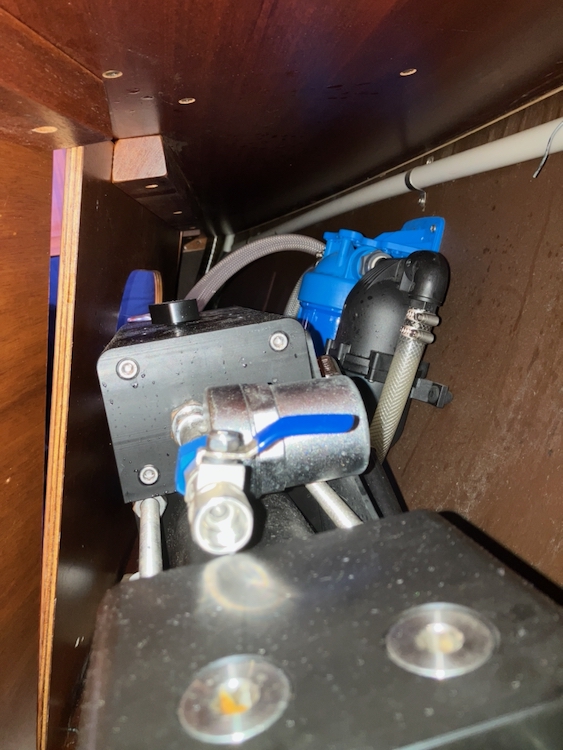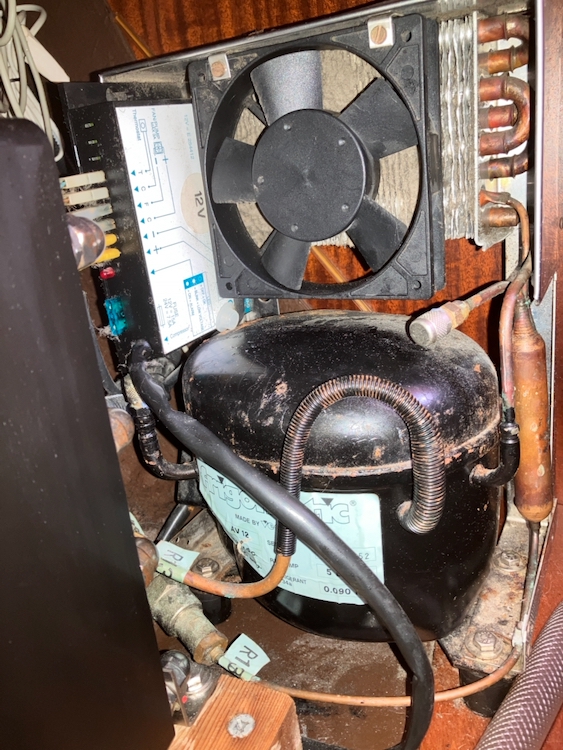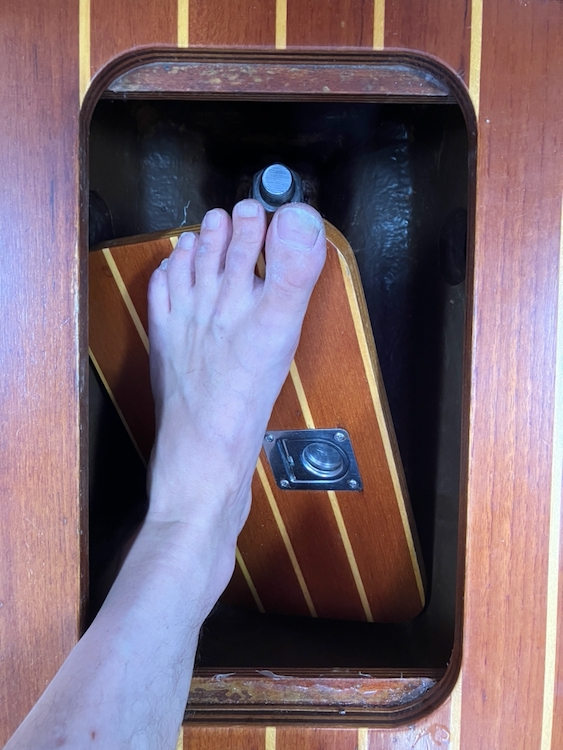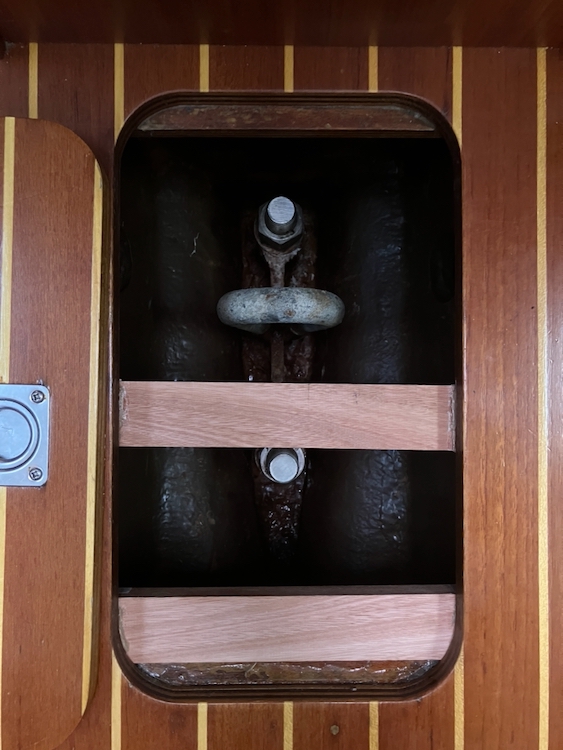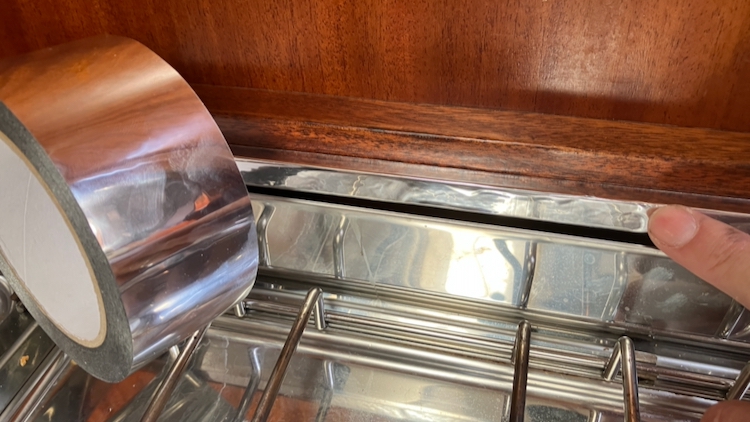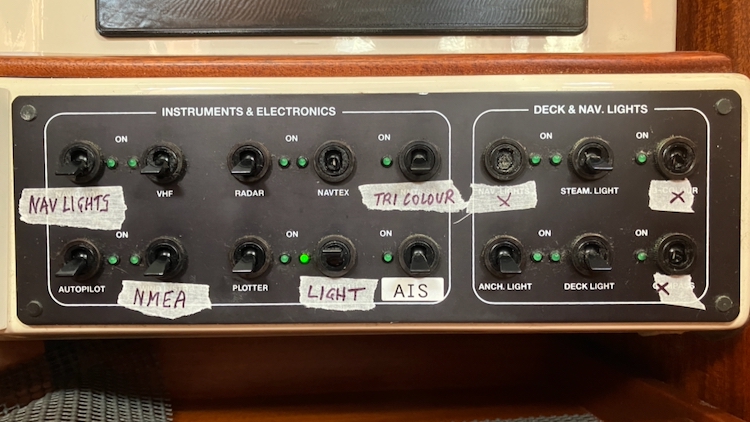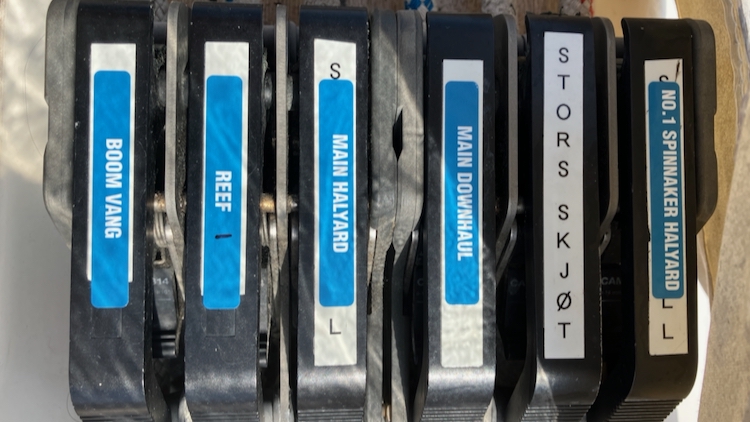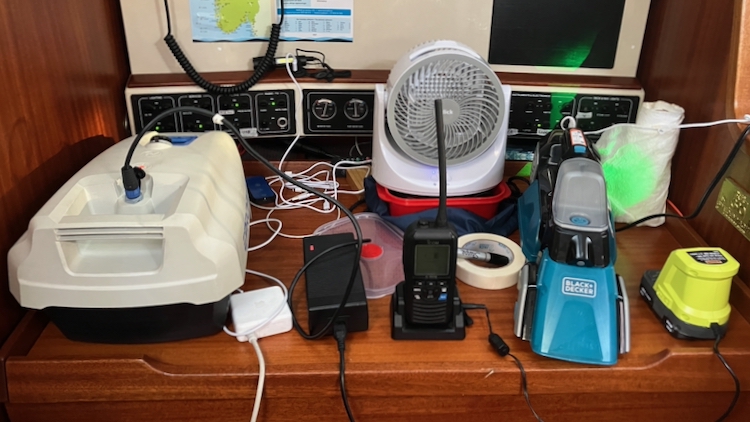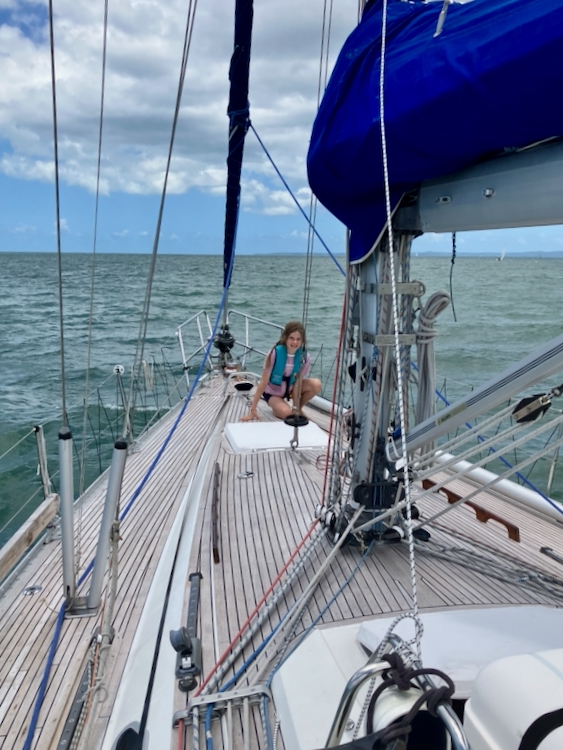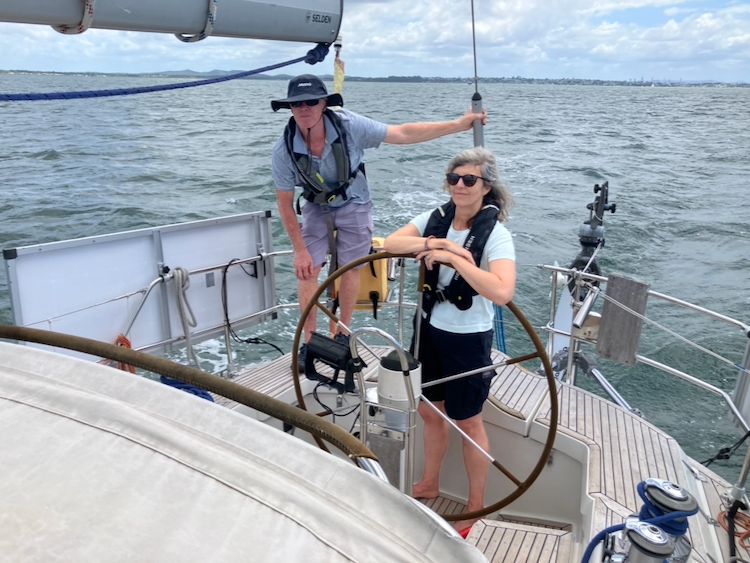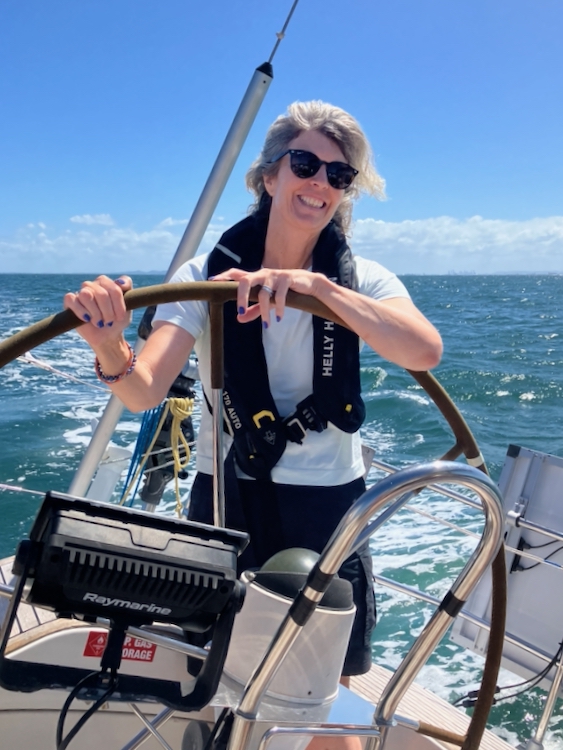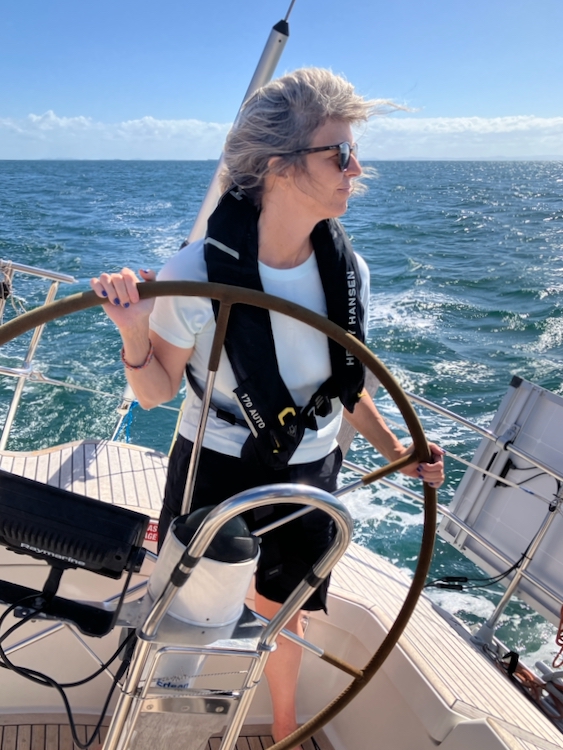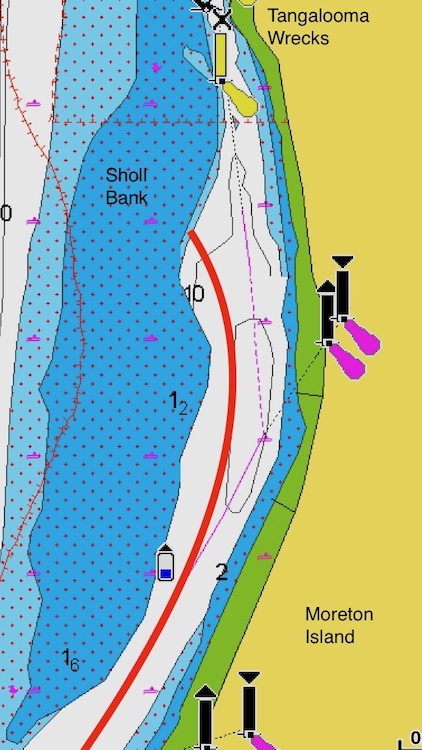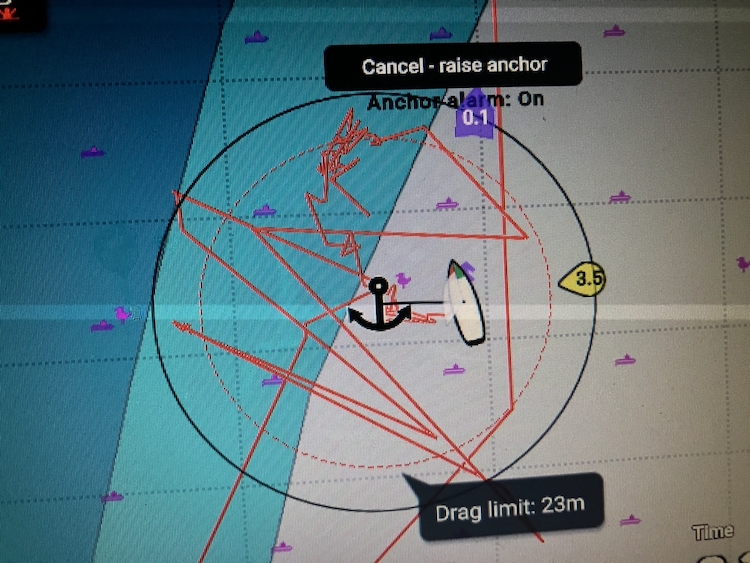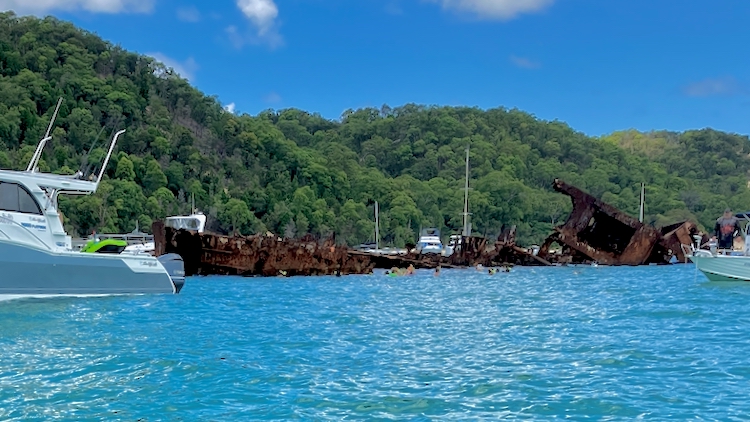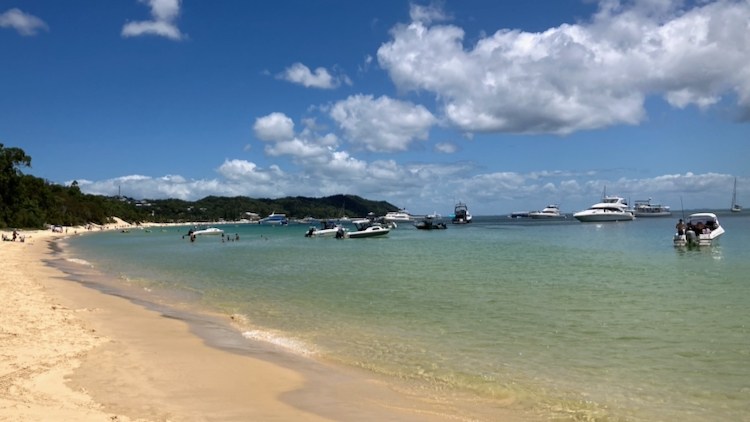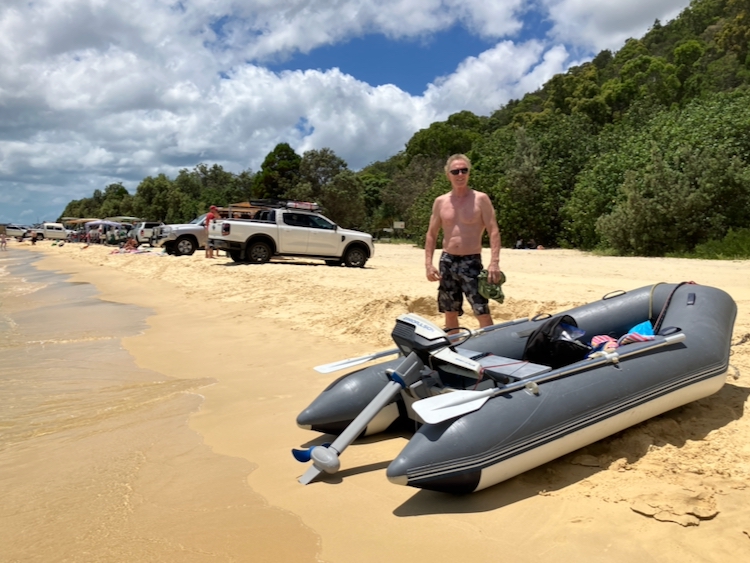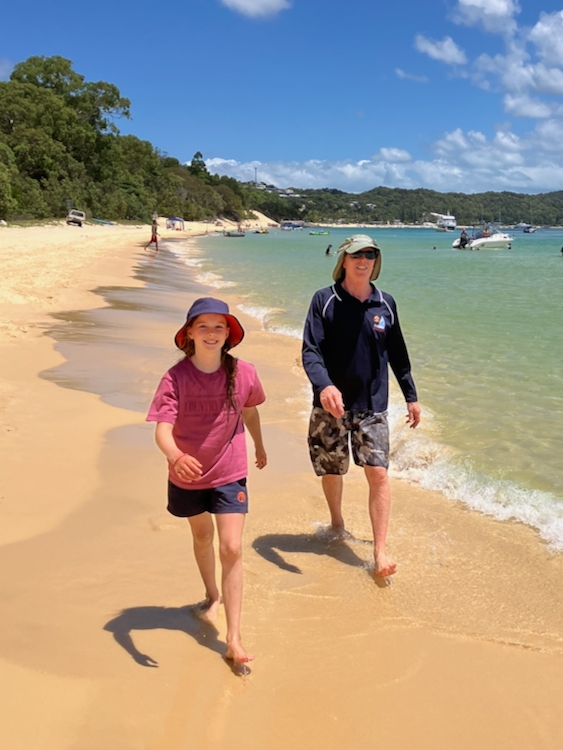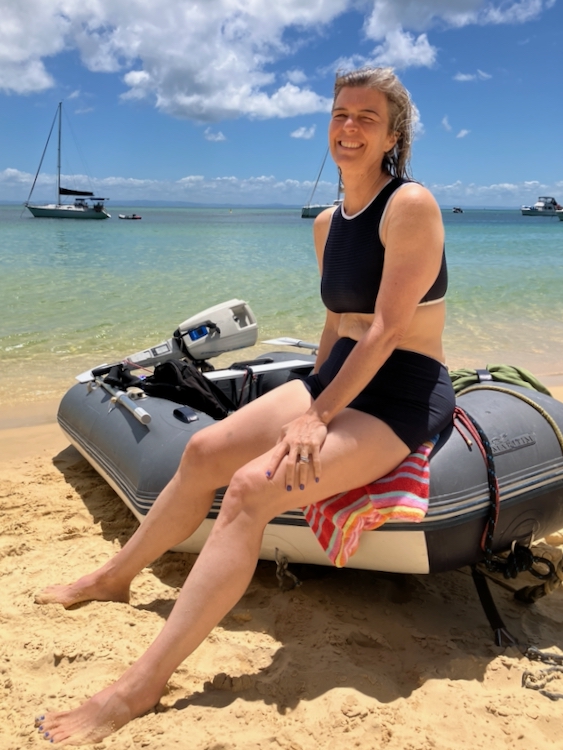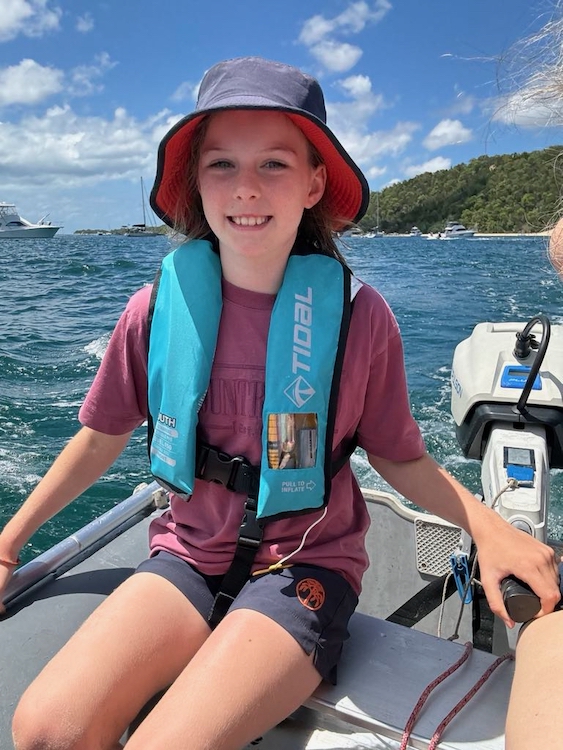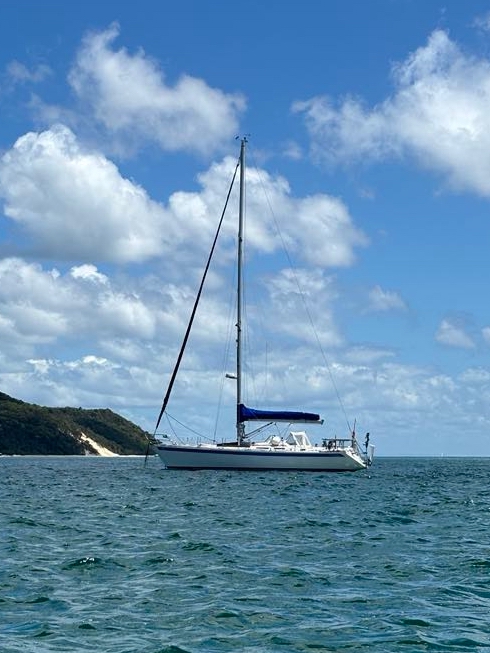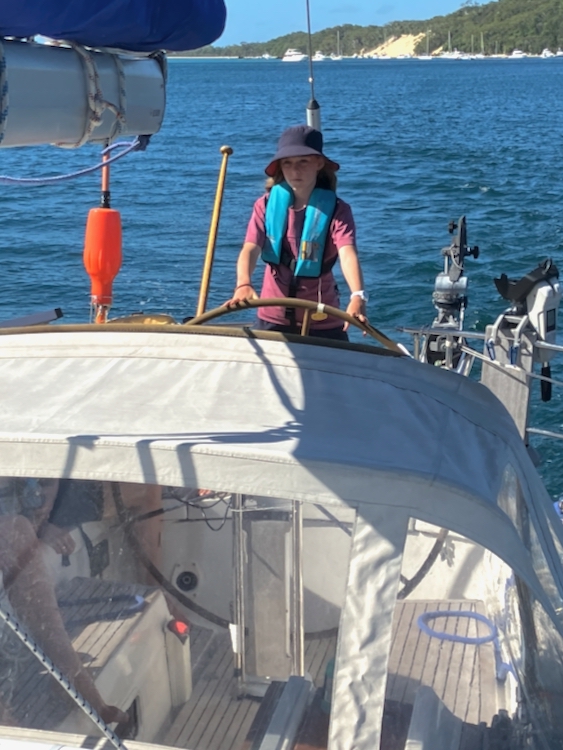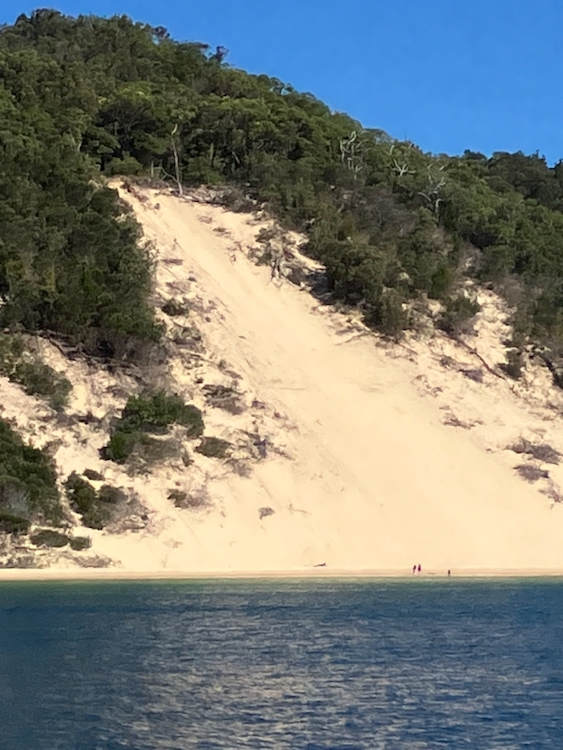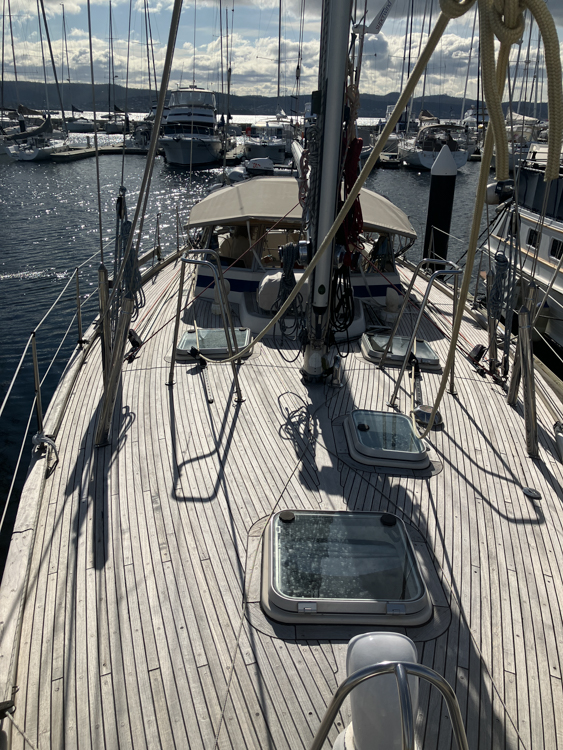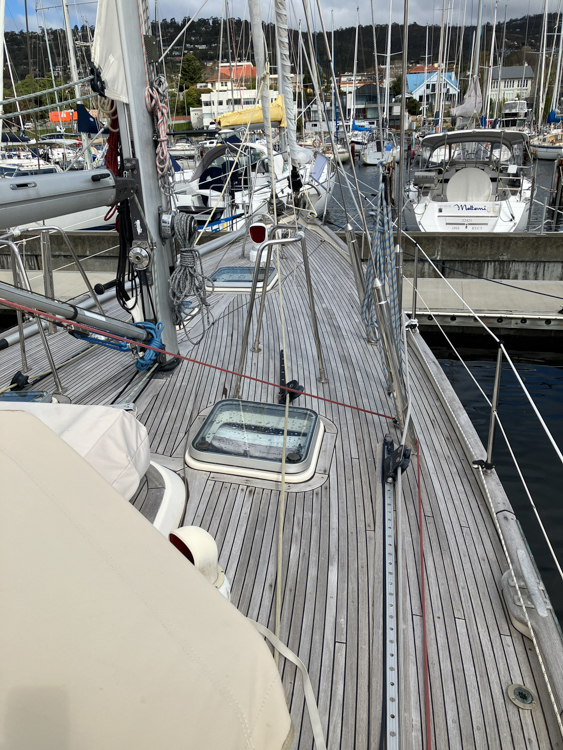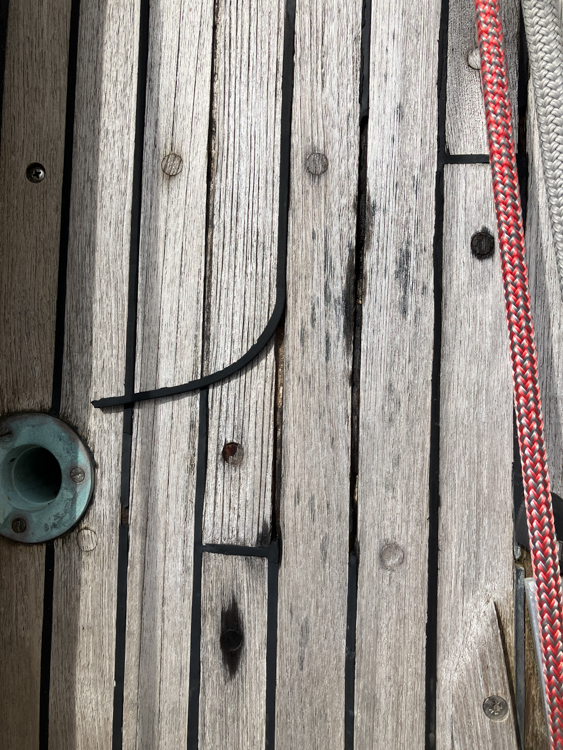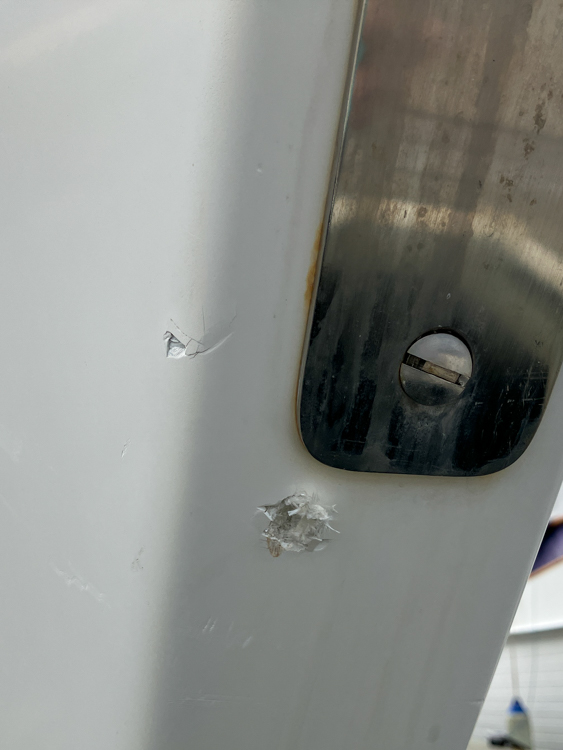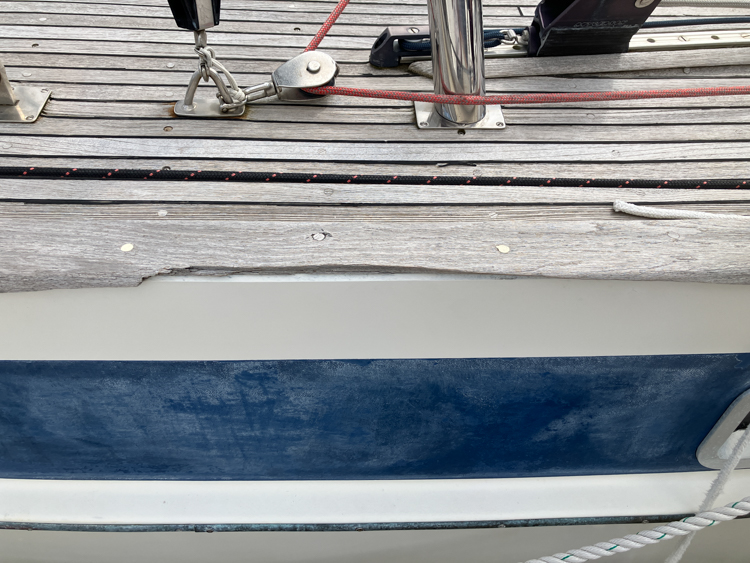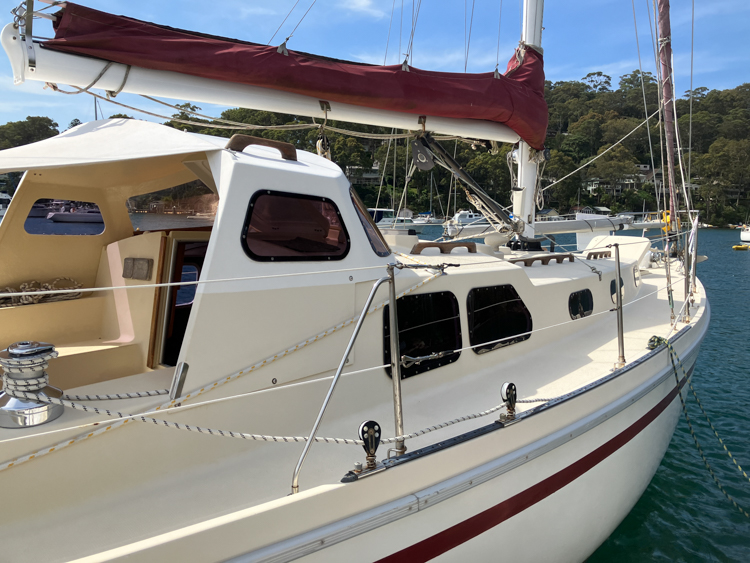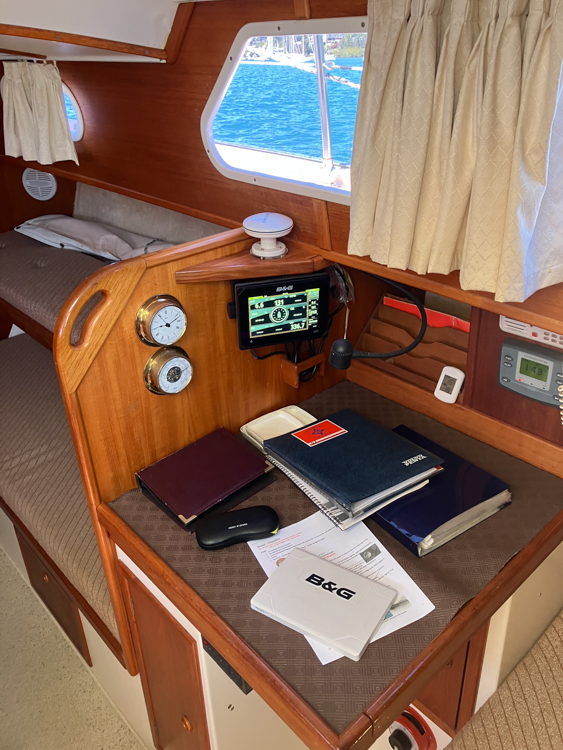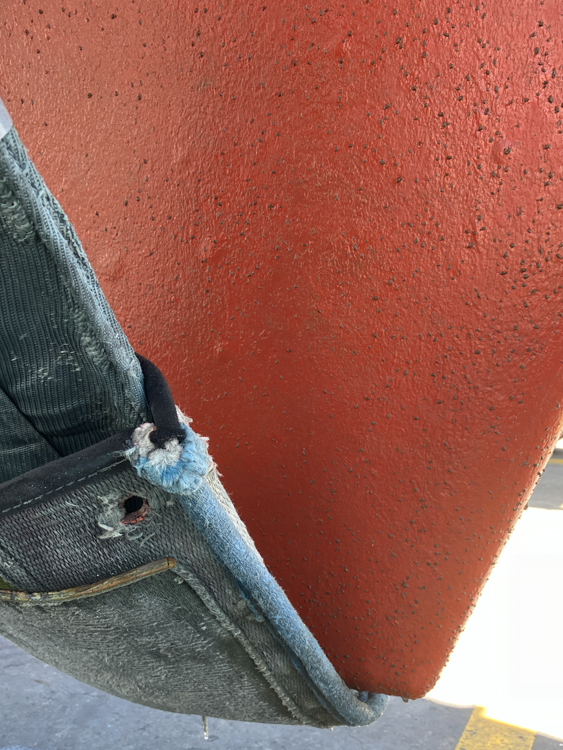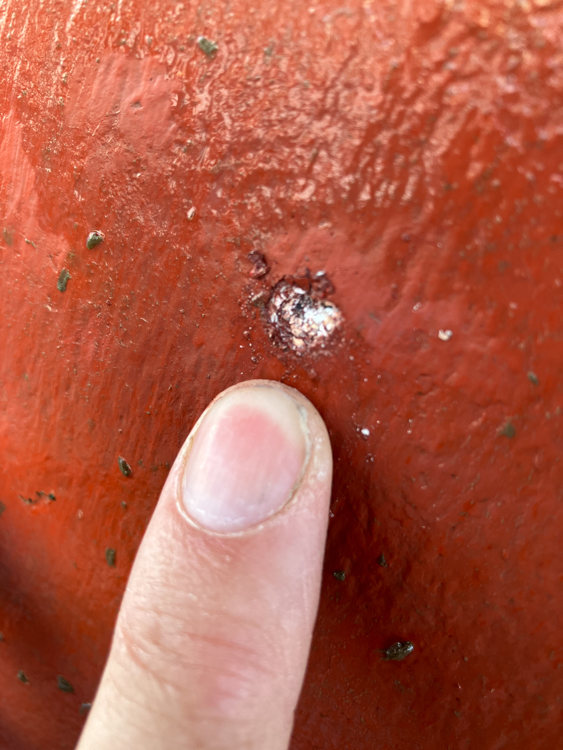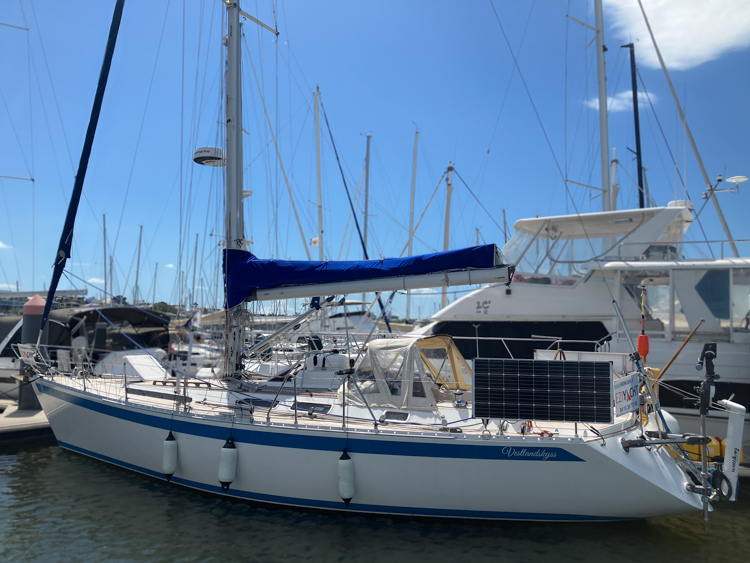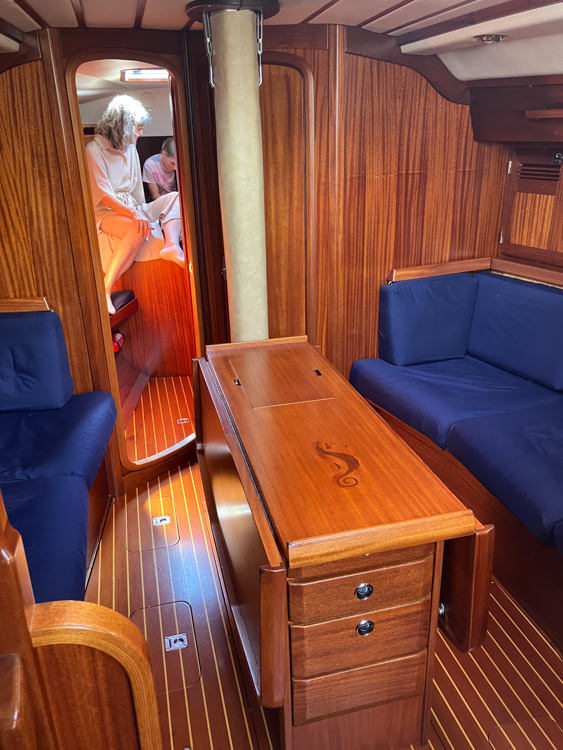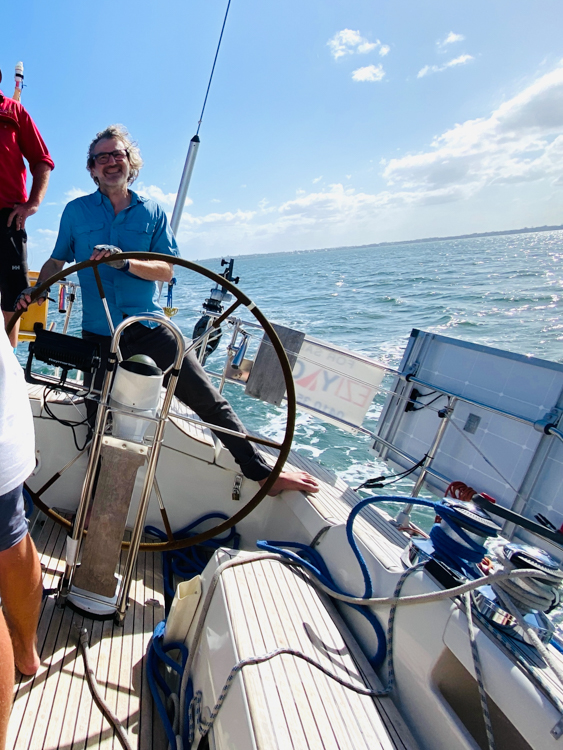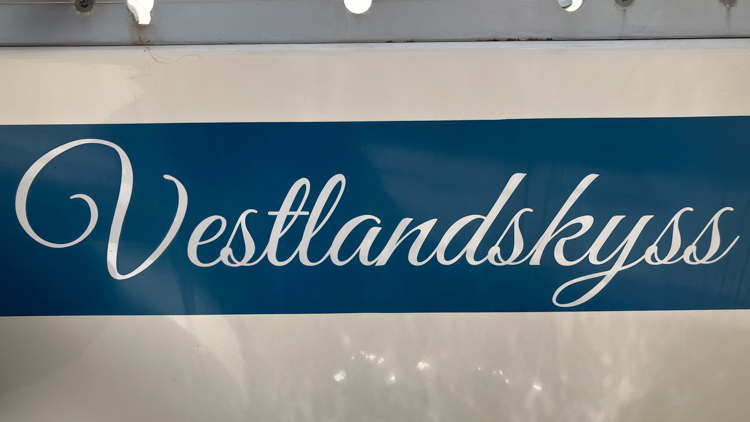Now that we had purchased a foreign-registered yacht, we needed to organise her registration as an Australian vessel. The physical ship had been properly imported into Australia by the previous owners, but that is simply a Customs tax-generating exercise for importing a high-value asset. As a yacht, she was still officially registered in Norway.
Ship registration is linked to your MMSI which is the fundamental code that underlies much of the electronic safety gear, such as the VHF radio and the AIS signature. Without a valid MMSI, the equipment simply won’t work. In addition, if any of the emergency services aboard were to be activated, the distress call would carry a Norway prefix and – in theory at least – the Norwegian authorities and previous owners would be alerted.
We had agreed with the previous owner that they would not de-register from the Norwegian Registry until we had arranged a long-term anchorage, because I was concerned that our radio might stop working on the way down the coast from Queensland if the MMSI was removed. I suspect that I was overthinking it, but did not want to take the risk.
On arrival in Pittwater, New South Wales, we arranged a medium-term mooring because we needed to focus on non-sailing life for a few months. Vestlandskyss was going to be stationary for a while, so I applied for both Tasmanian State registration, and Australian national registration.
Tasmanian State Registration
State registration is a bit like a car registration, in that you get a licence number and pay a fee each year which goes toward maintaining public boat ramps and moorings and the like. You should really have State registration for the State that you are operating in… which had been Queensland… and was currently New South Wales… and would ultimately be Tasmania. In any event, the Tasmanian authorities were happy to give us our papers as soon as she had been de-registered from Norway and we could prove that we lived in Tasmania, something that I was able to do because we already have a Tasmanian registered mooring at the bottom of our property.
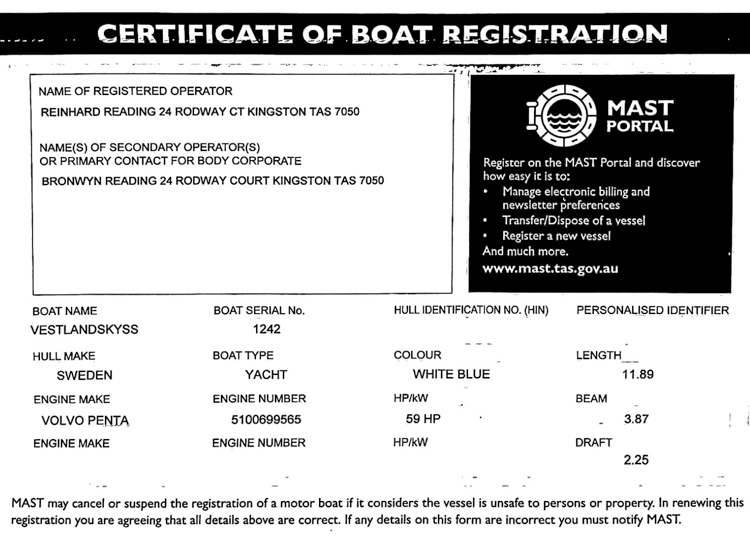
Australian maritime registration
That was all very well, and at least we had fulfilled the minimum requirements for an Australian vessel. What we really wanted, though, was our national registration with AMSA, the Australian Maritime Safety Authority. This would give us the right to fly the Australian flag and to specify our home port (Hobart) on the transom. Without it, we can’t realistically leave Australian territorial waters, because if we arrived in another country, we would be refused permission to land.
The AMSA registration paperwork is detailed, and most of the information is mandatory, even though much of it is geared to fishing vessels and cargo ships. Vestlandskyss is 26 years old, was built in Sweden and has had three Norwegian owners. We needed to be able to prove a continuous line of ownership going back to the building yard.
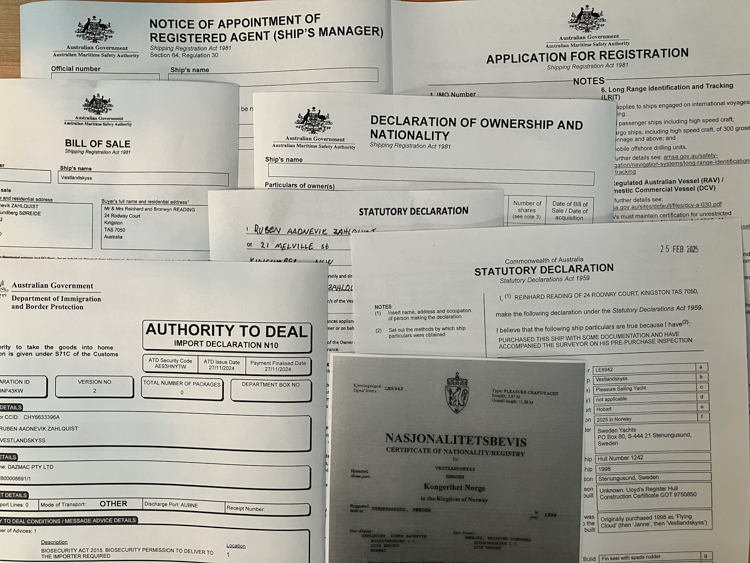
We also had to provide some quite abstruse measurements. Most of us know our length and beam and depth, but how many know the precise distance from the keel bolts to the underside of the deck? Luckily, Vestlandskyss was up on the hard at Bayview Slipway and they were able to measure it for us.
We also needed to get legally witnessed statutory declarations for this and that, which we submitted and then had to re-do because AMSA weren’t happy with some of the details.
They also required a certificate of de-registration from Norway, written in English. I contacted the previous owner and he contacted the Norwegian Registry who forwarded him an email saying that the job was done. No, not sufficient for AMSA. I then paid a fairly hefty fee and received a certificate saying that indeed and officially the job had been done… thankfully, a bilingual certificate, otherwise we would have had to get it translated.
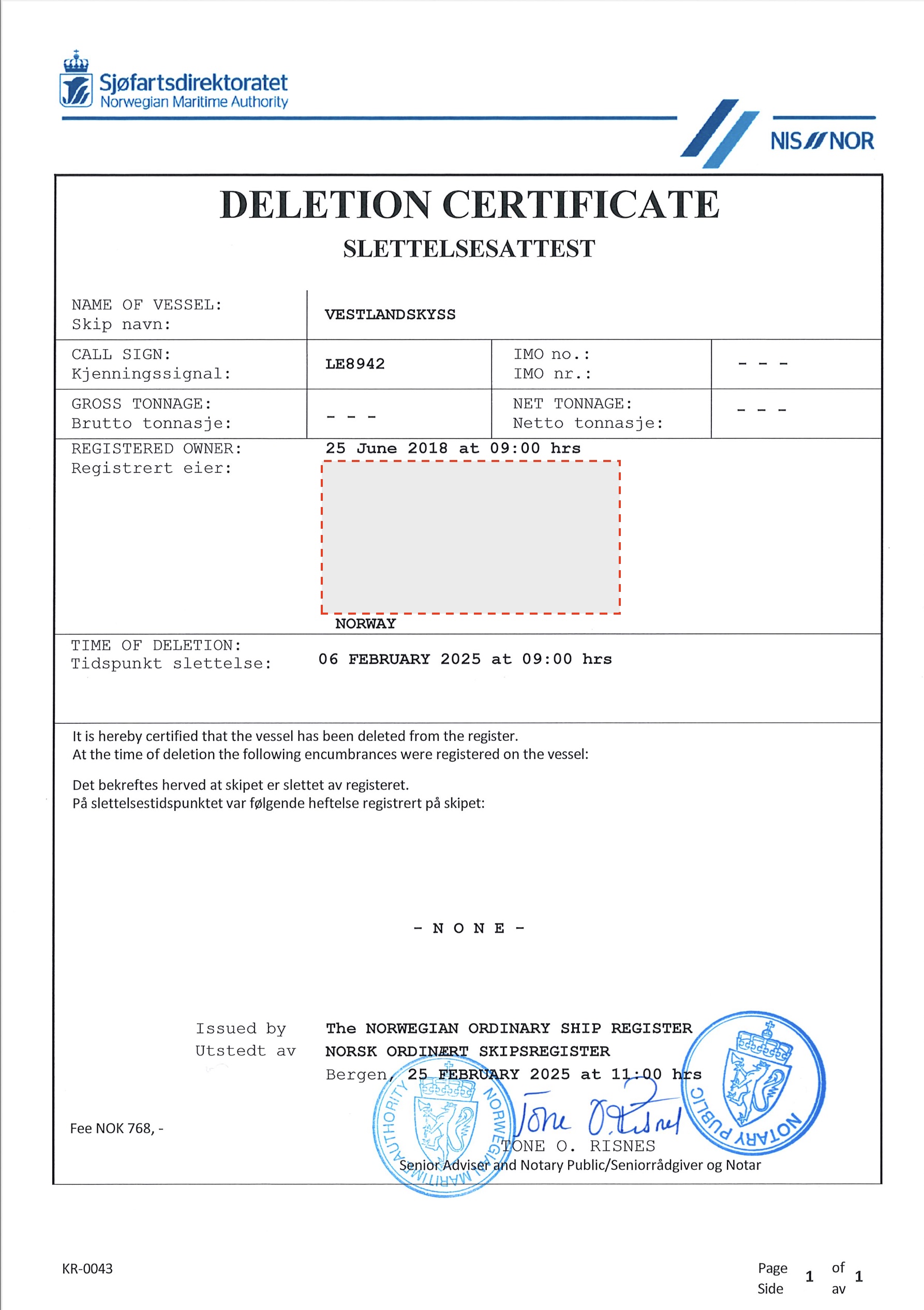
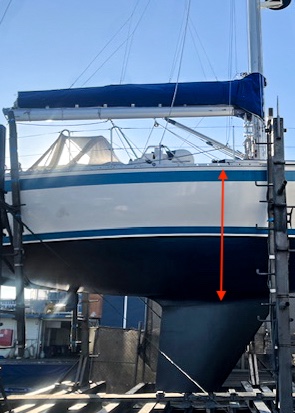
And so it came to pass that AMSA considered our vessel worthy of flying the flag.
…but only if we complied with the Marking Note. This specifies that the registration number needs to be cut to a depth of 3mm, in numbers 100mm high, in a permanent structural cross-member below deck level.
In common with most private yachts, Vestlandskyss is made of glass-reinforced plastic. Cutting letters into a structural cross-member would negate the whole point of having a structural cross-member. There are special arrangements allowed for GRP vessels; for instance, we could epoxy a plastic sign with the required lettering. I contacted the local sign-maker, and they told me that for the lettering that AMSA wanted in the size that they wanted, the sign would be 1.5 metres wide, which was not only wider than any vertical surface on my boat, but wider than their largest available manufacturing jig.
I pondered the reason behind the requirement. Presumably, AMSA want to be able to identify the boat if she is found after years at the bottom of the sea, or if somebody has stolen her and given her a new identity. There’s actually only one visible structural crossmember on Vestlandskyss, which is abaft the anchor locker and under the forward berth. It already displayed the Scandinavian registration number in characters 3mm deep, but the builders had had the advantage of making them part of the mould during construction.
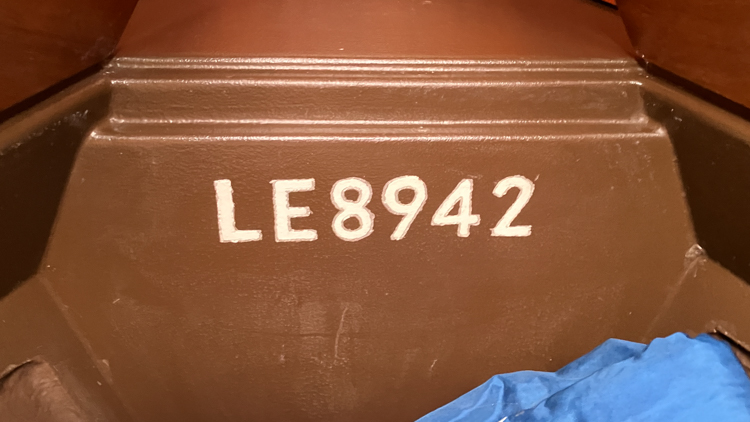
I purchased some 3mm thick stainless steel numerals, with the intention of screwing them into the mahogany panel above the original registration number. Unfortunately, I found that the panel is only a few millimetres thick and backed by a moulded structural wall to the anchor locker, so the screws would need to go into the bulkhead itself, and I sure as heck wasn’t going to drill any holes in it.
I went with Plan B, which was to epoxy the stainless steel numerals to the bulkhead below the existing registration.
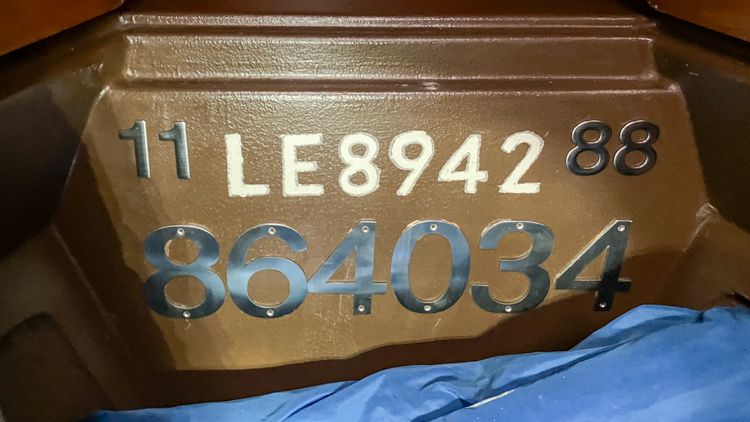
I also spent a happy few hours in the dinghy, marking the name and home port on the transom.
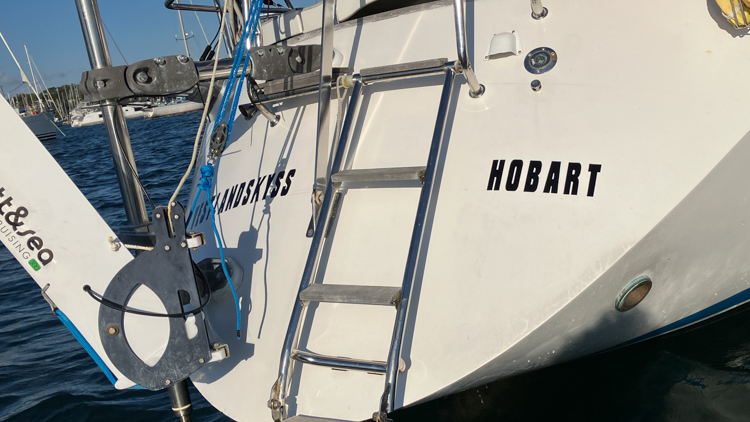
I reckon we’re legal. Good to go.
